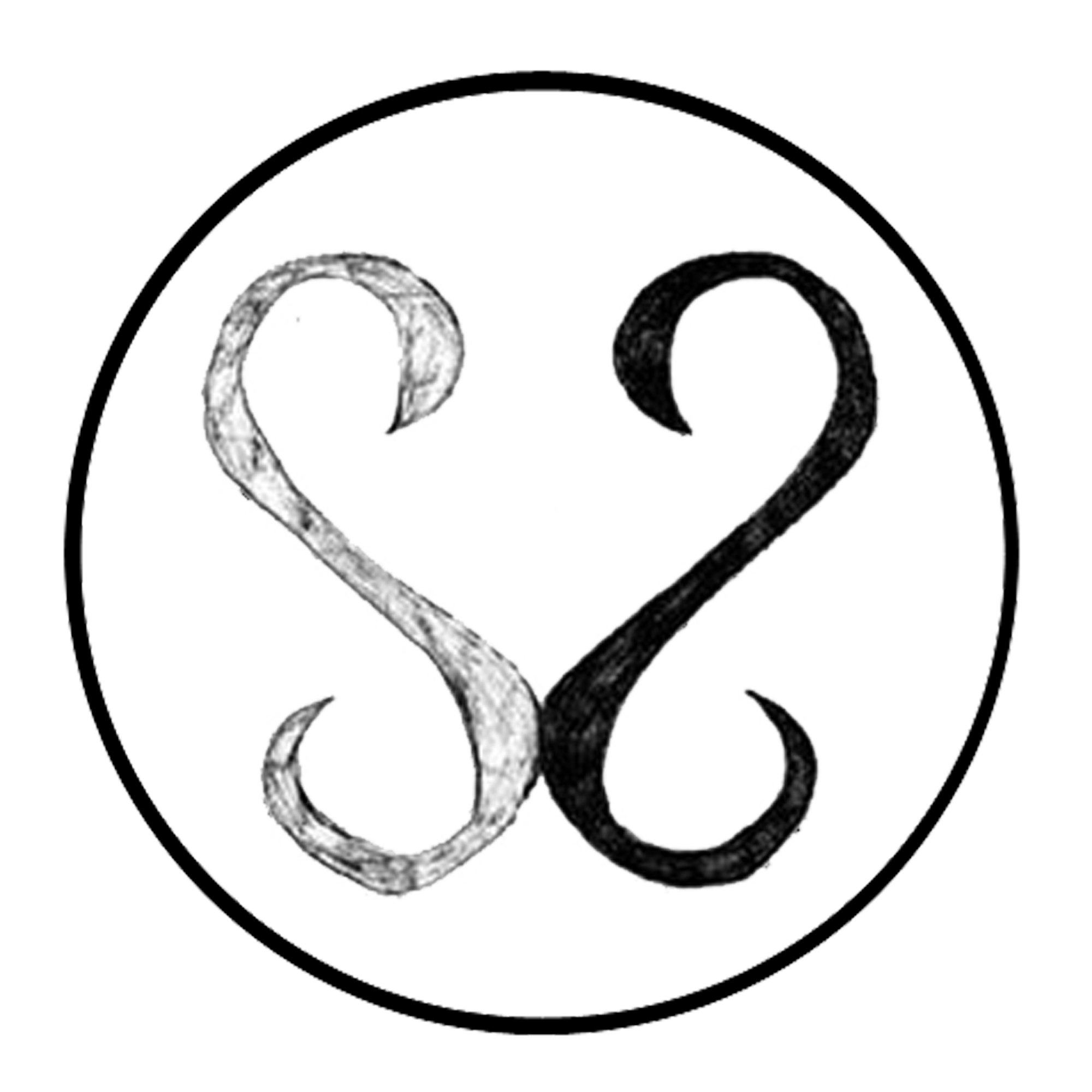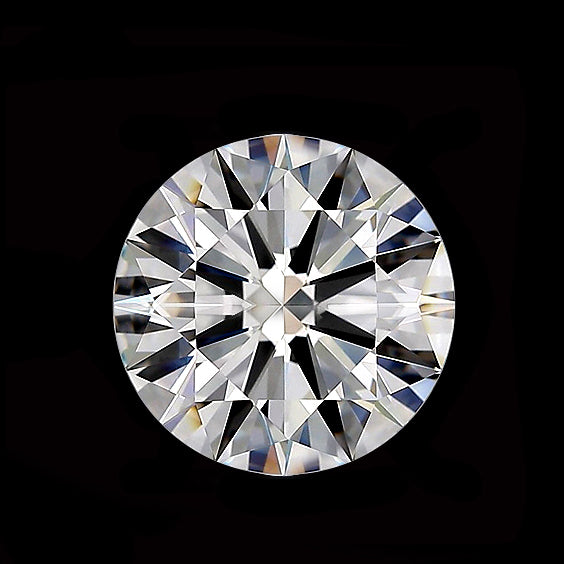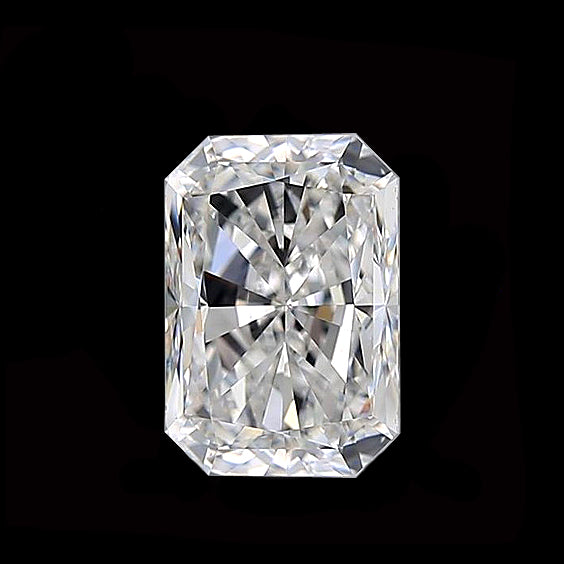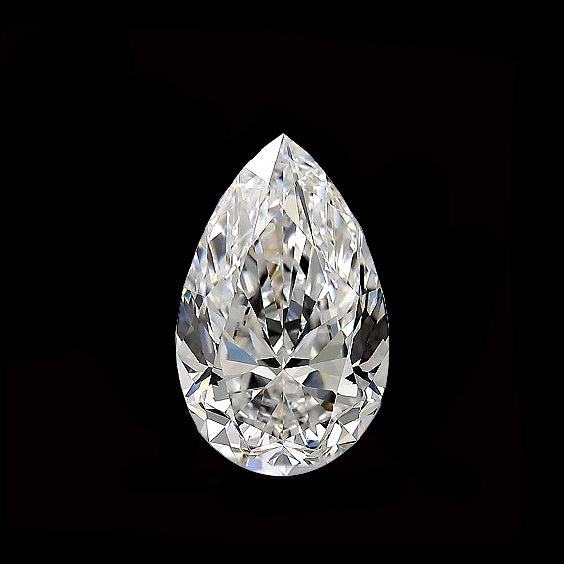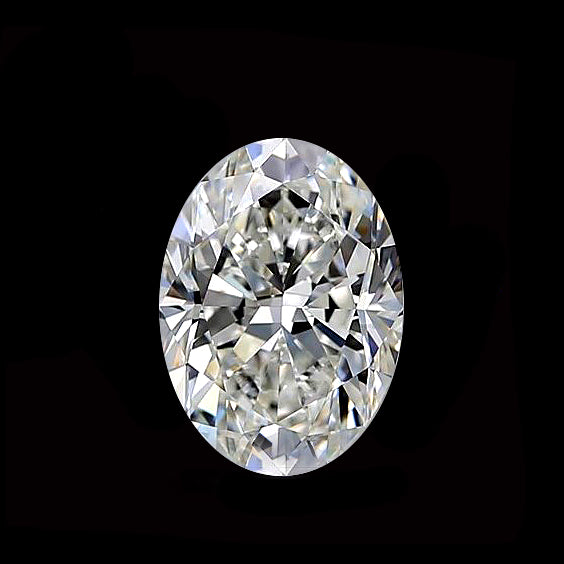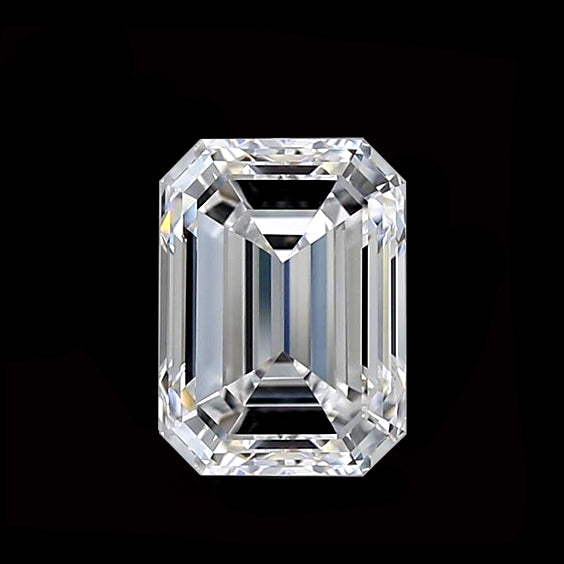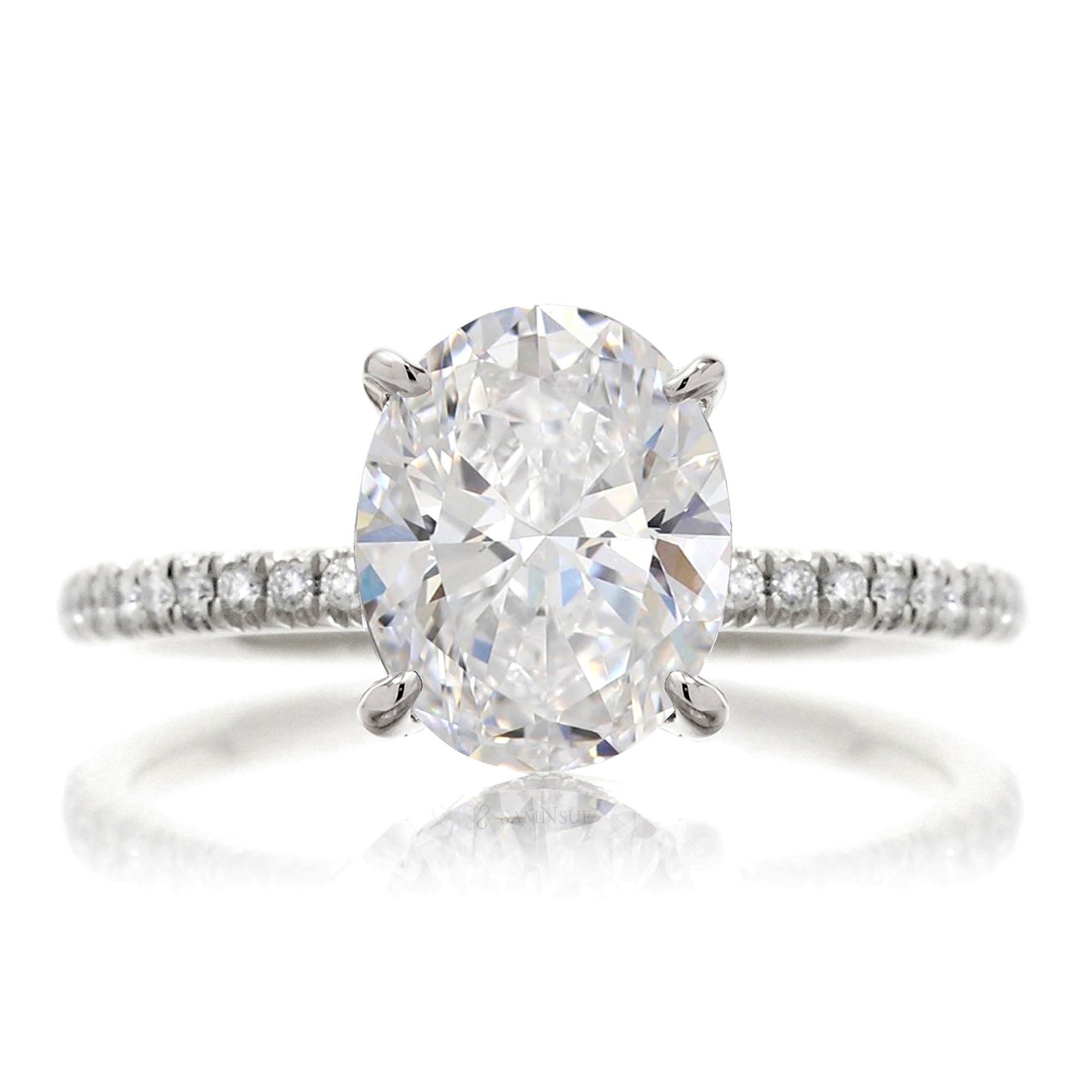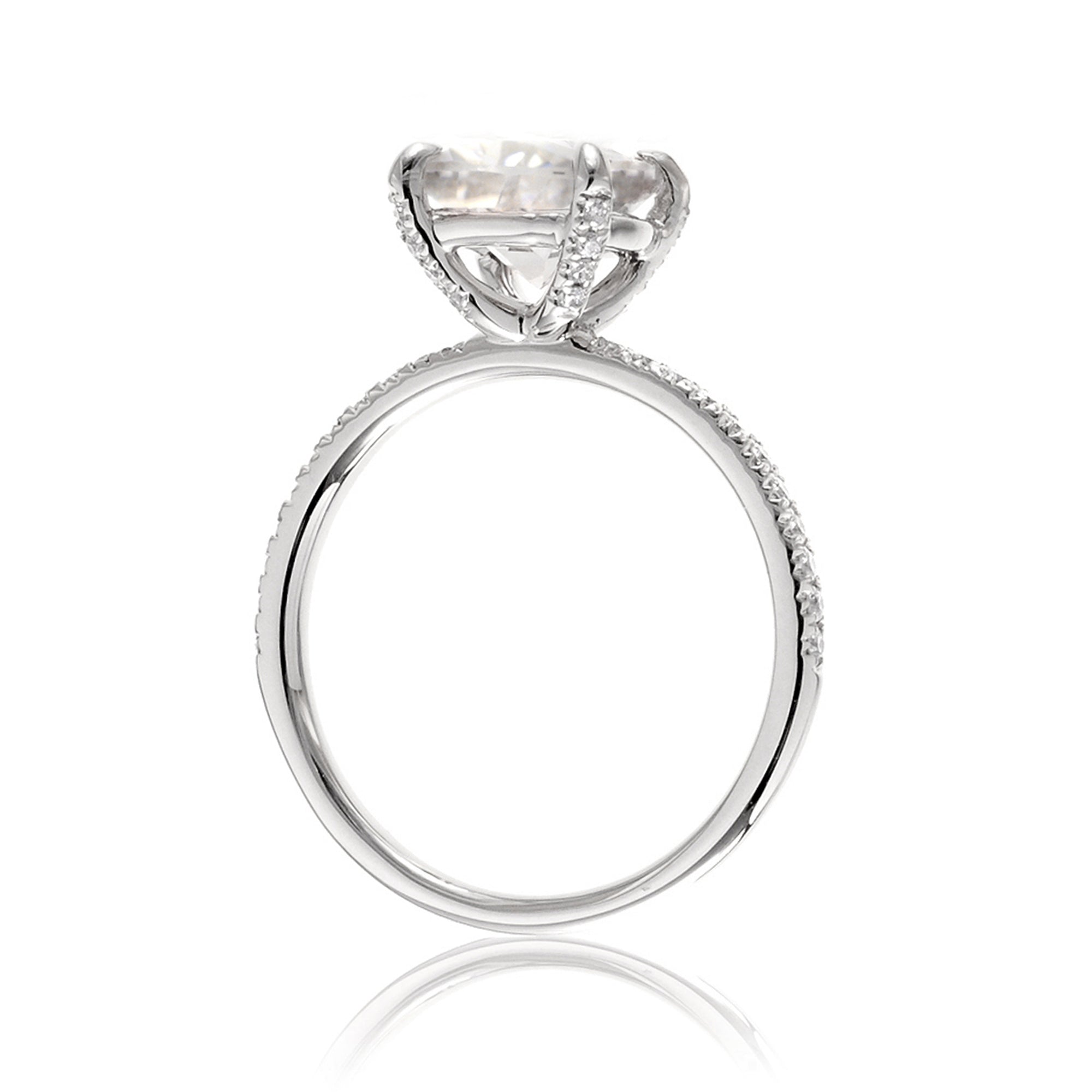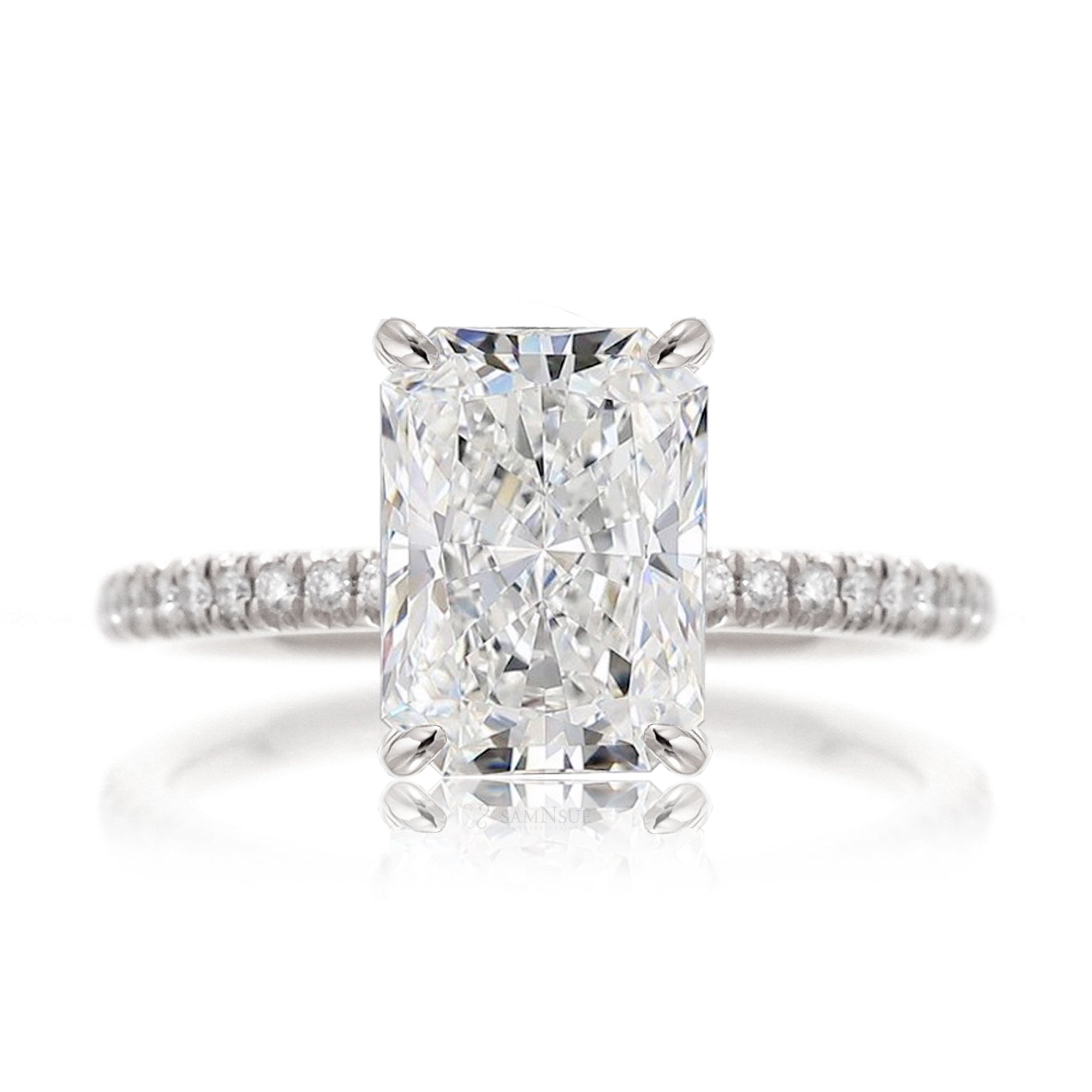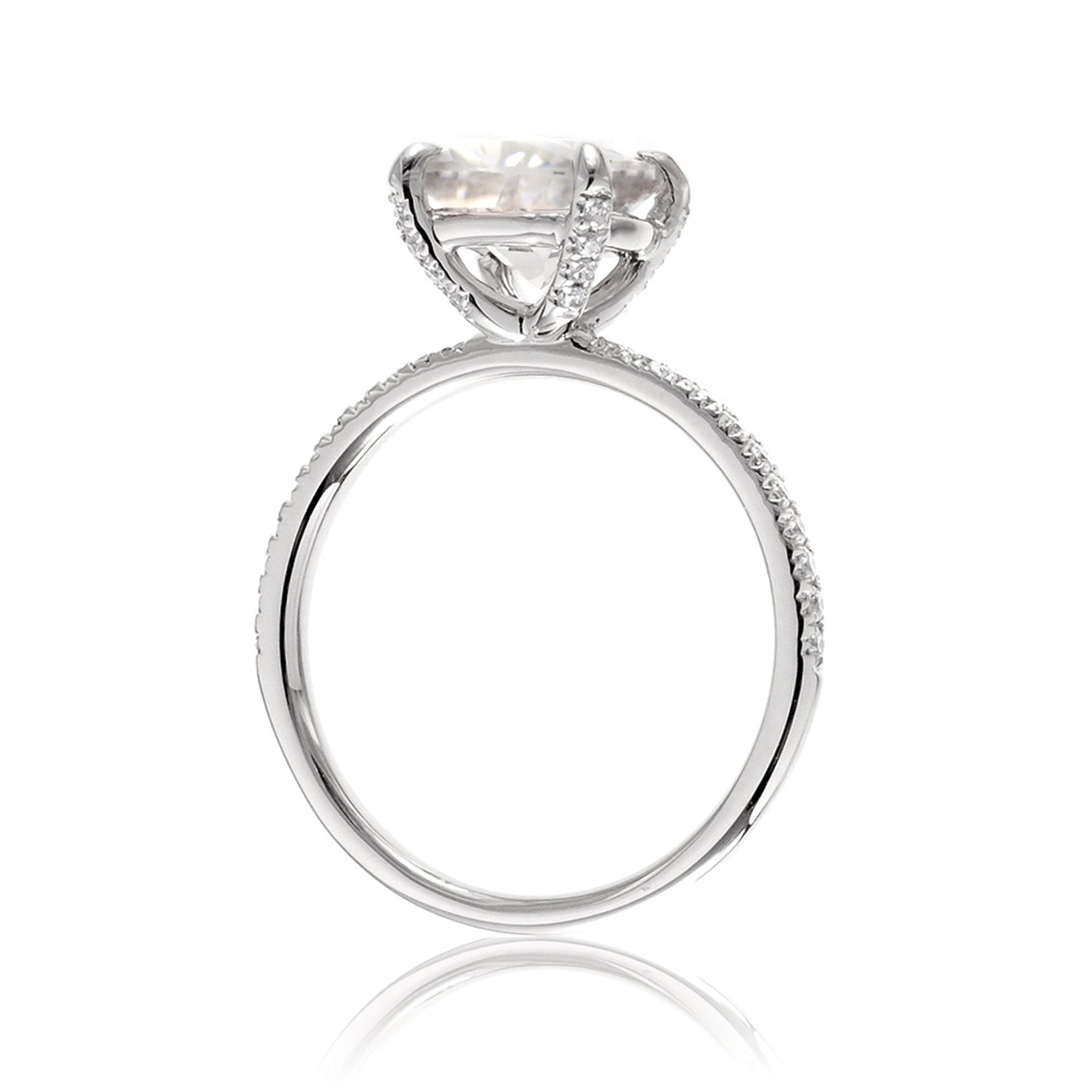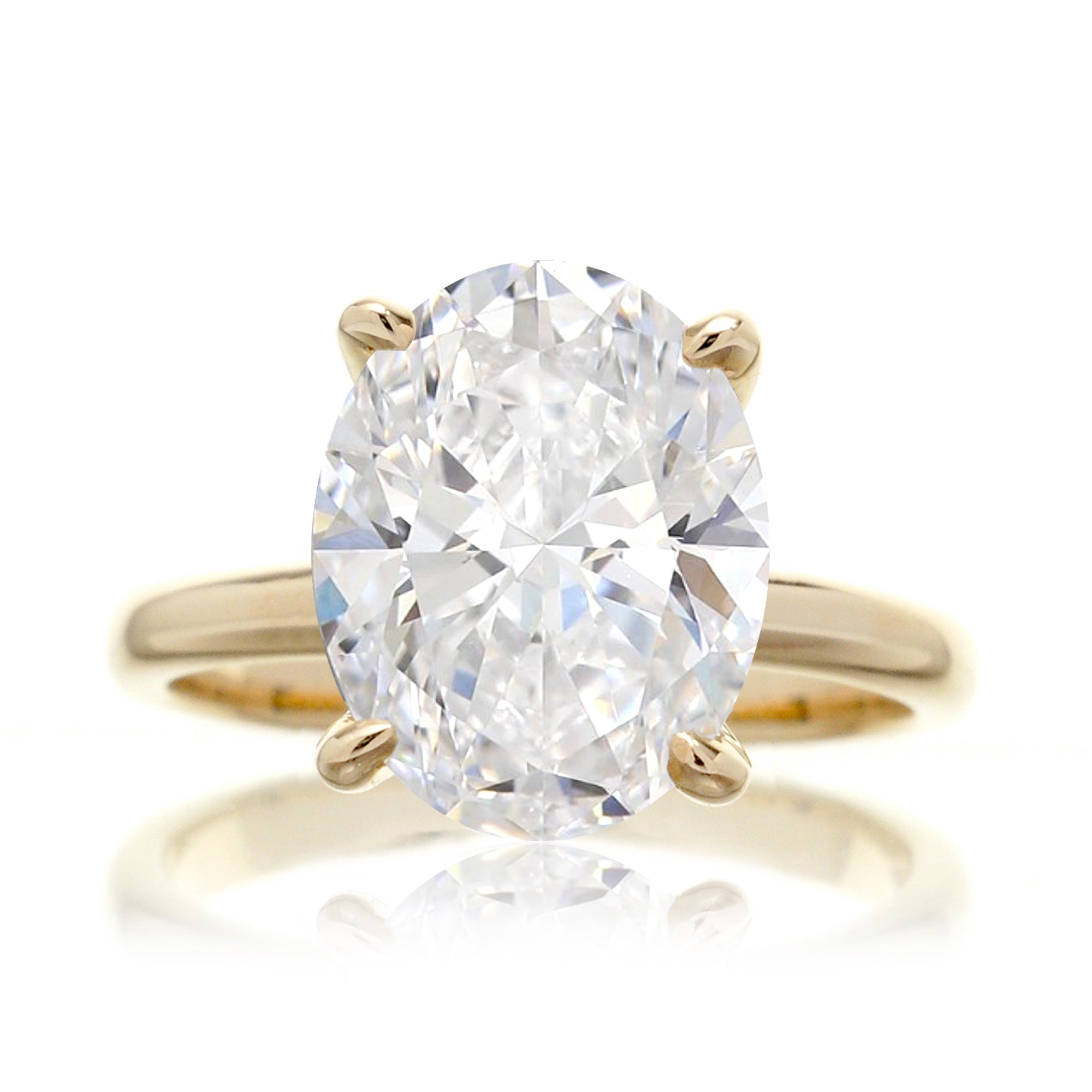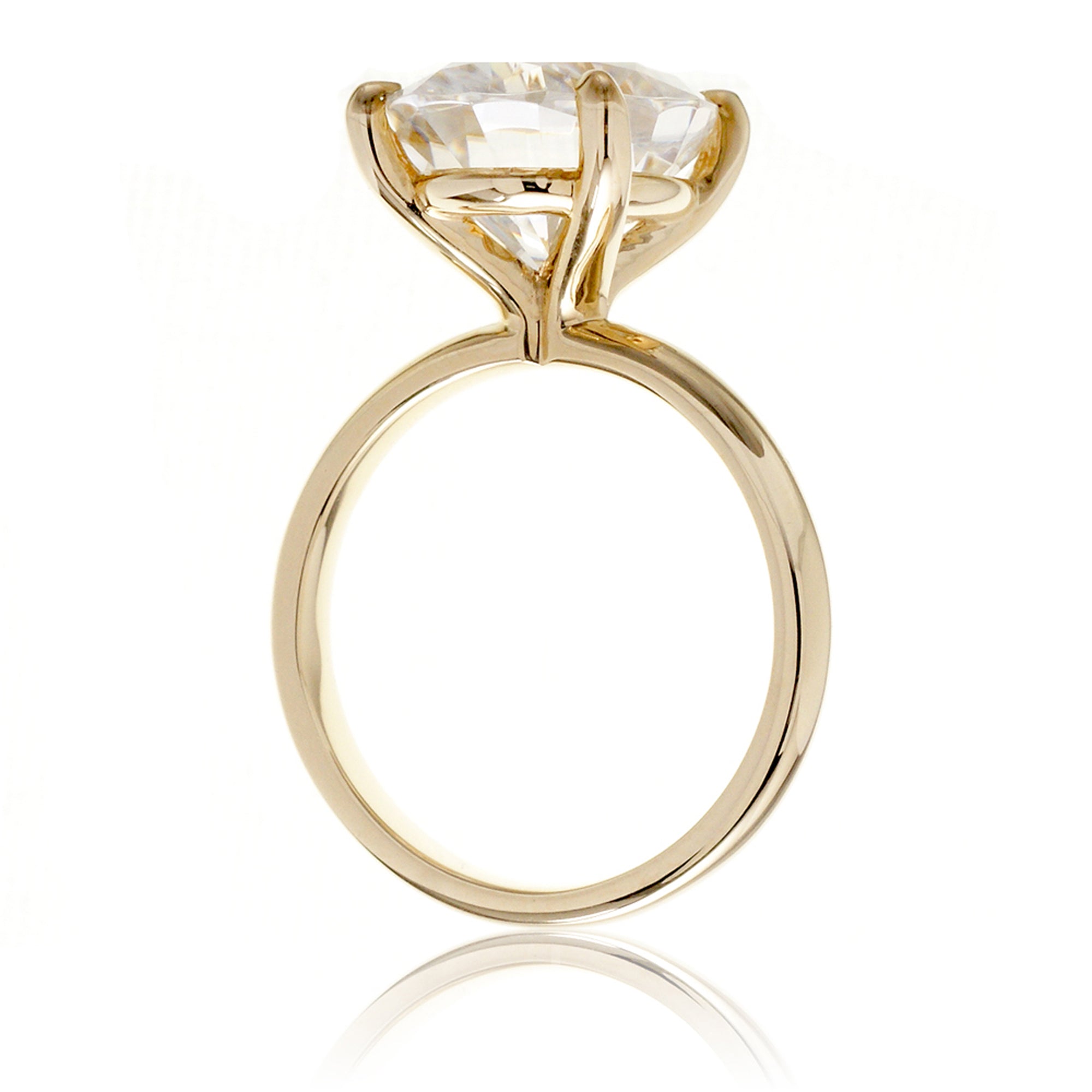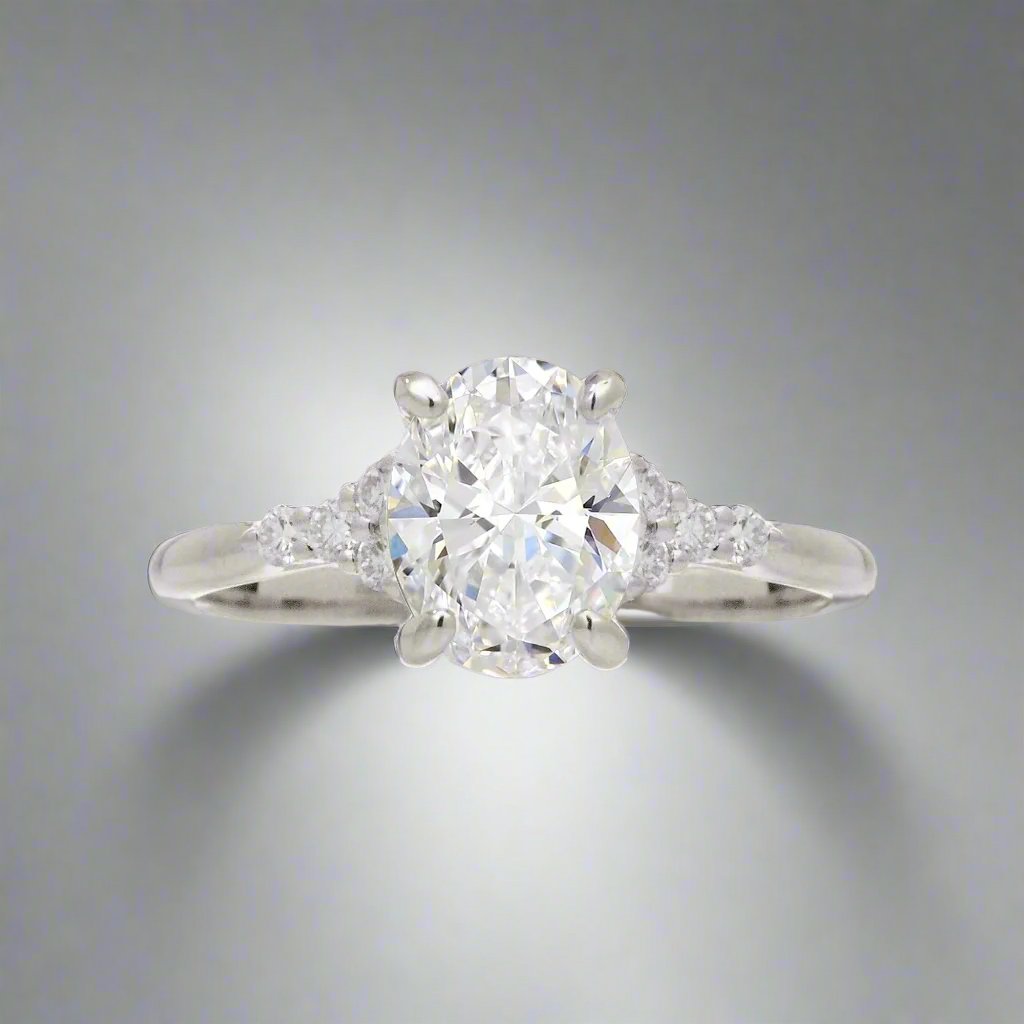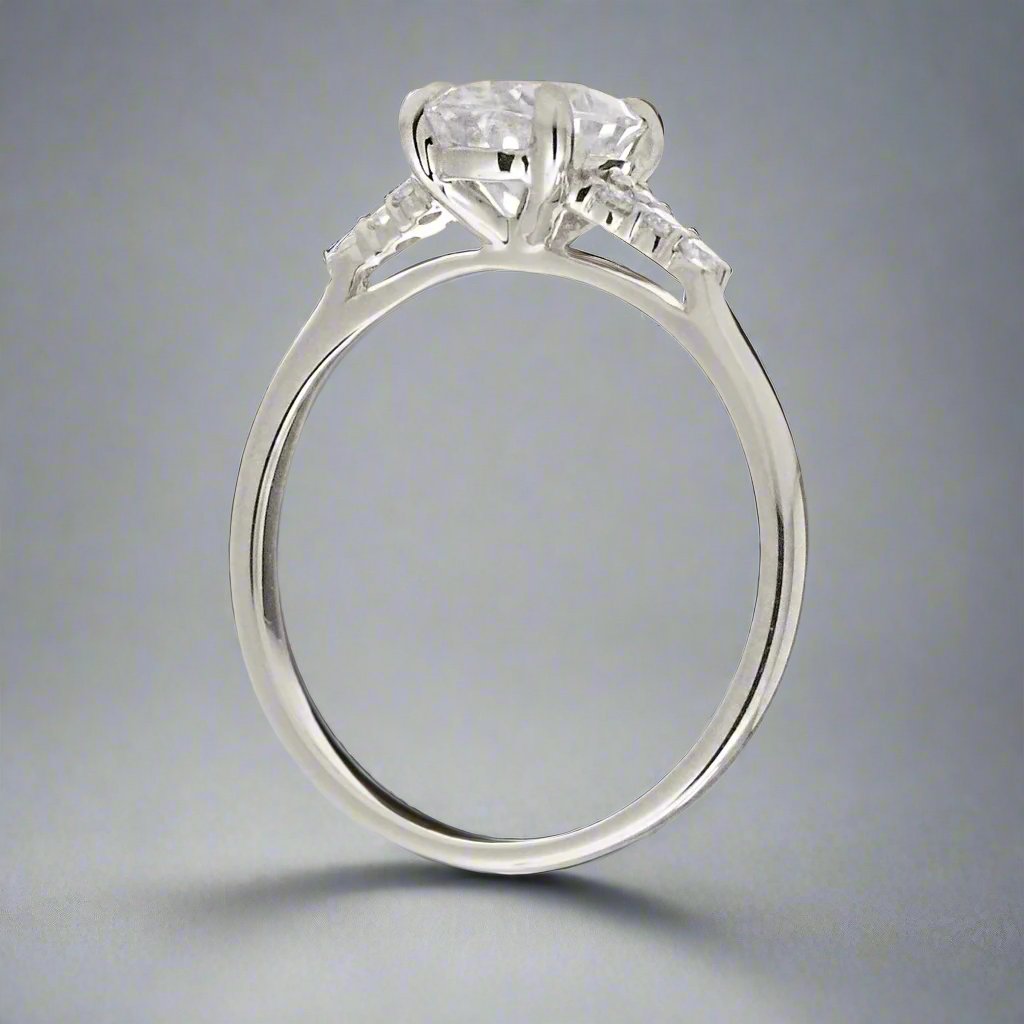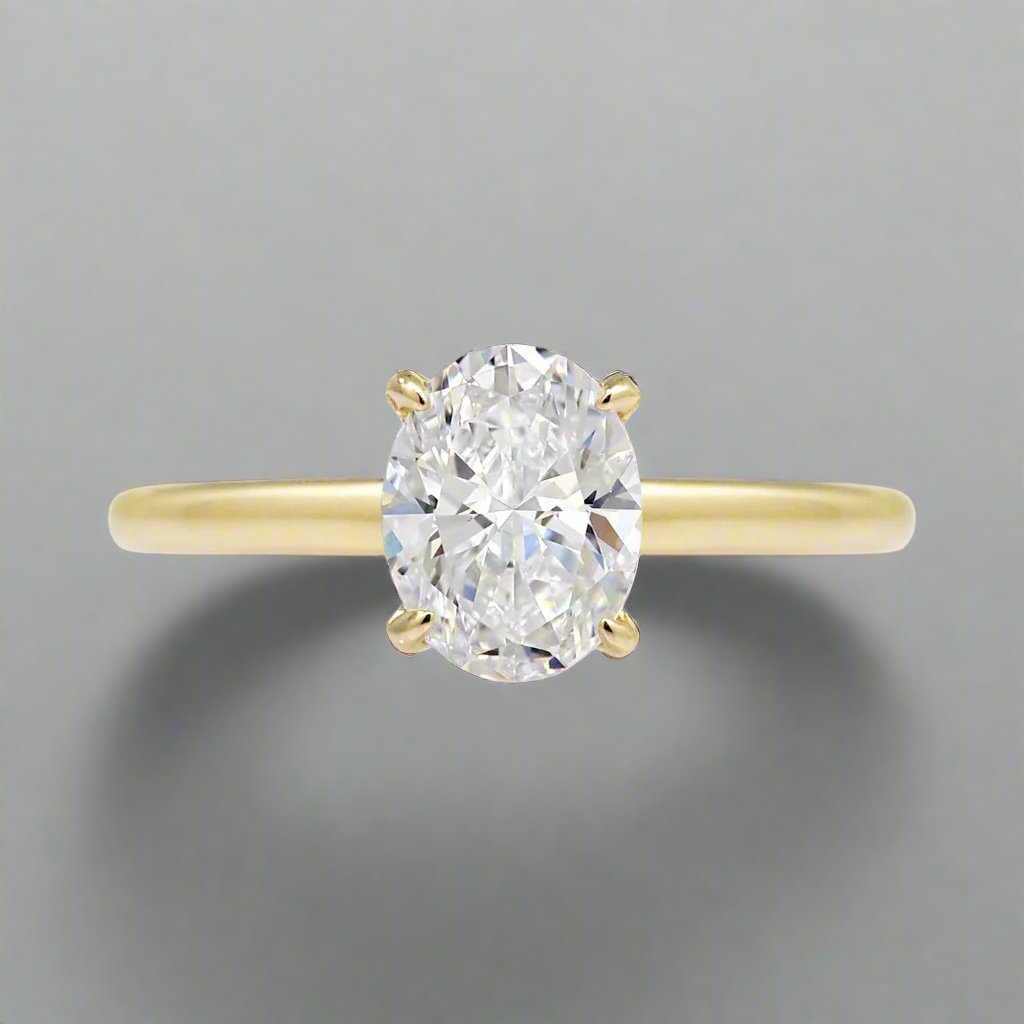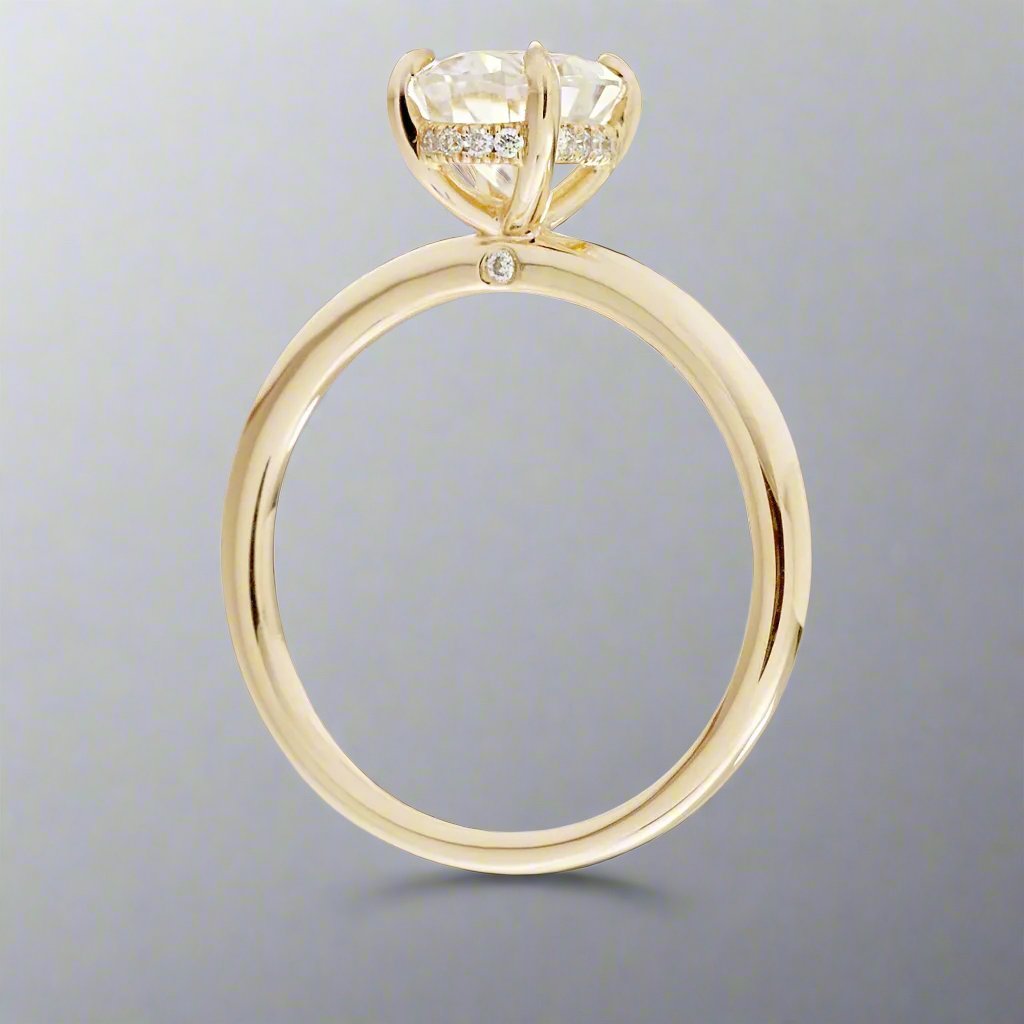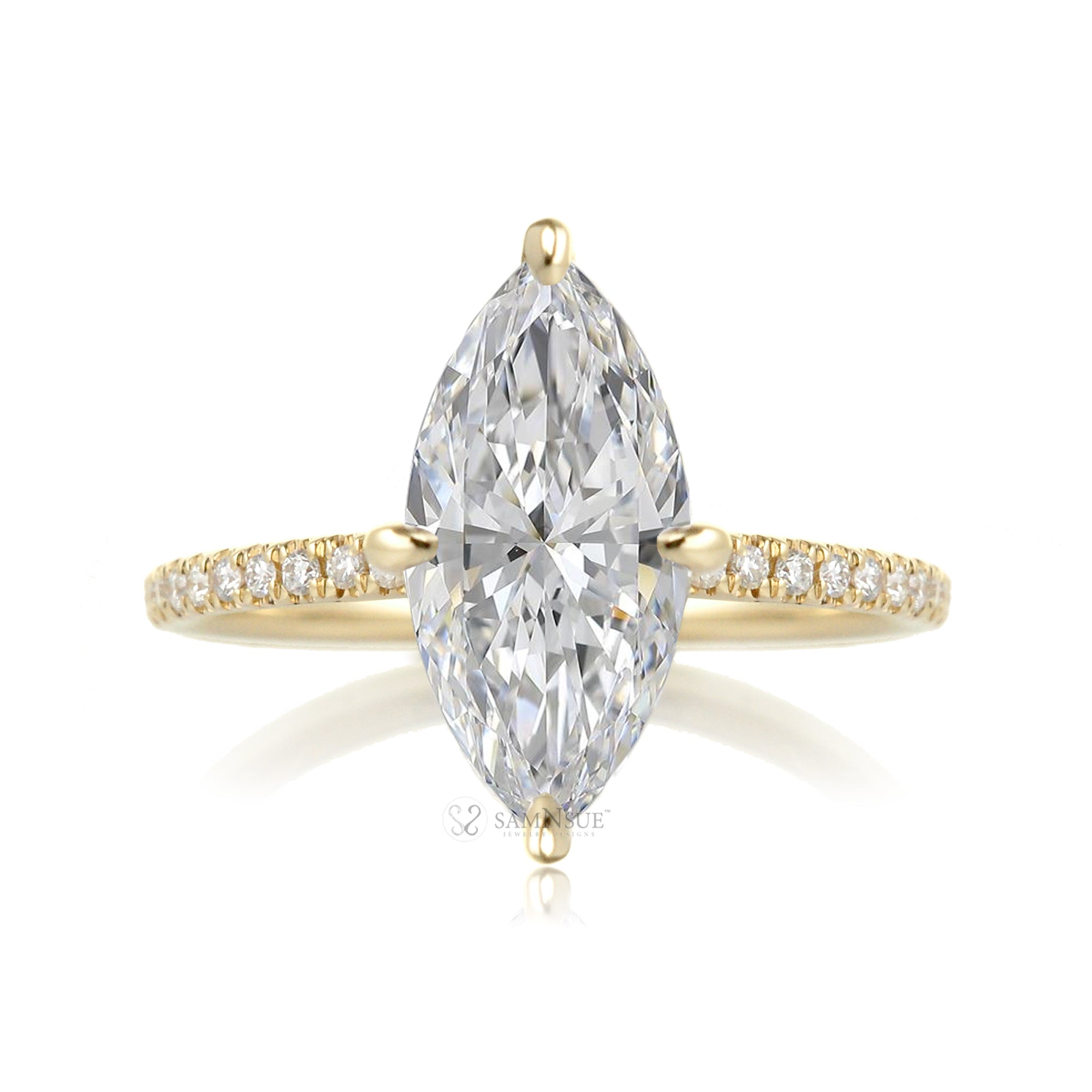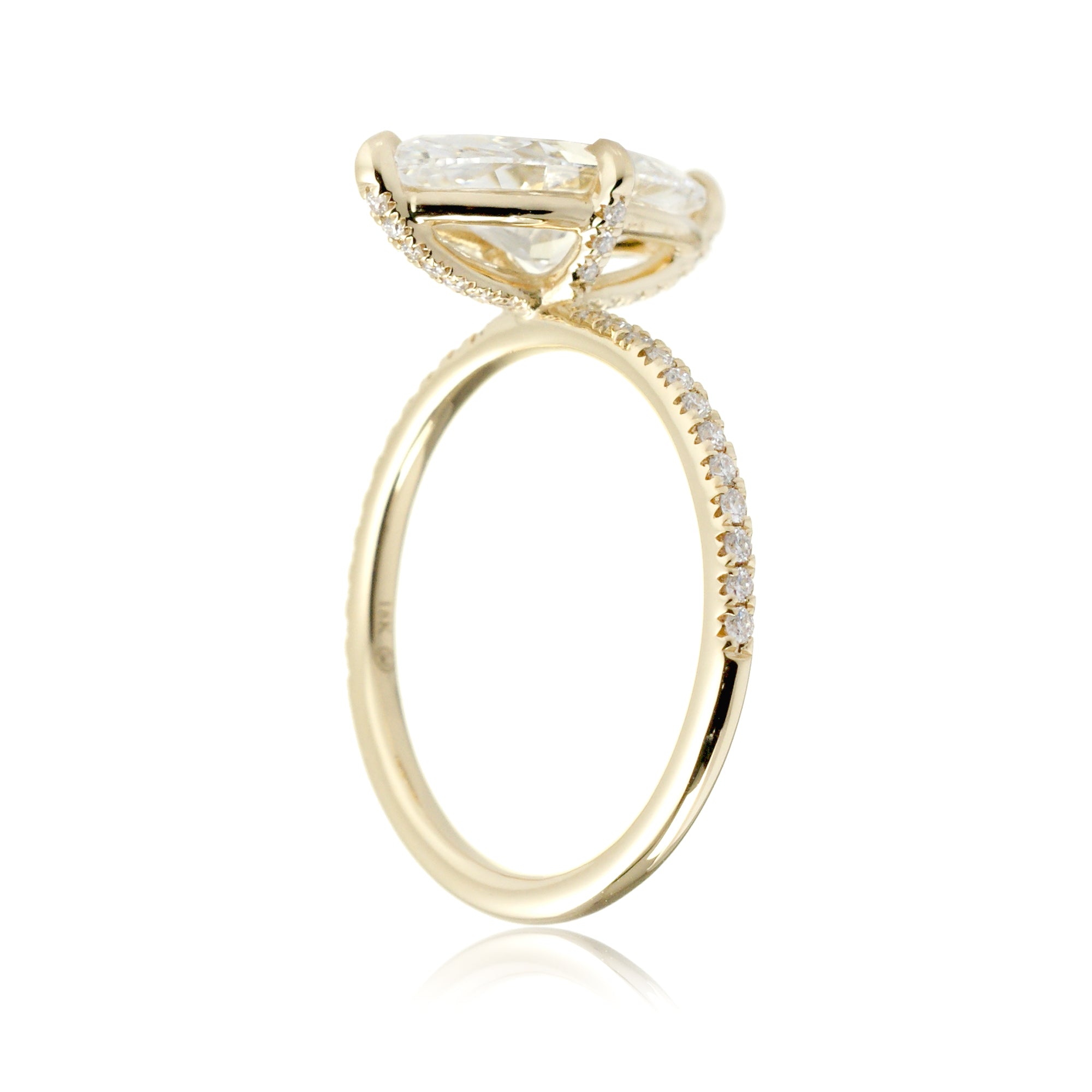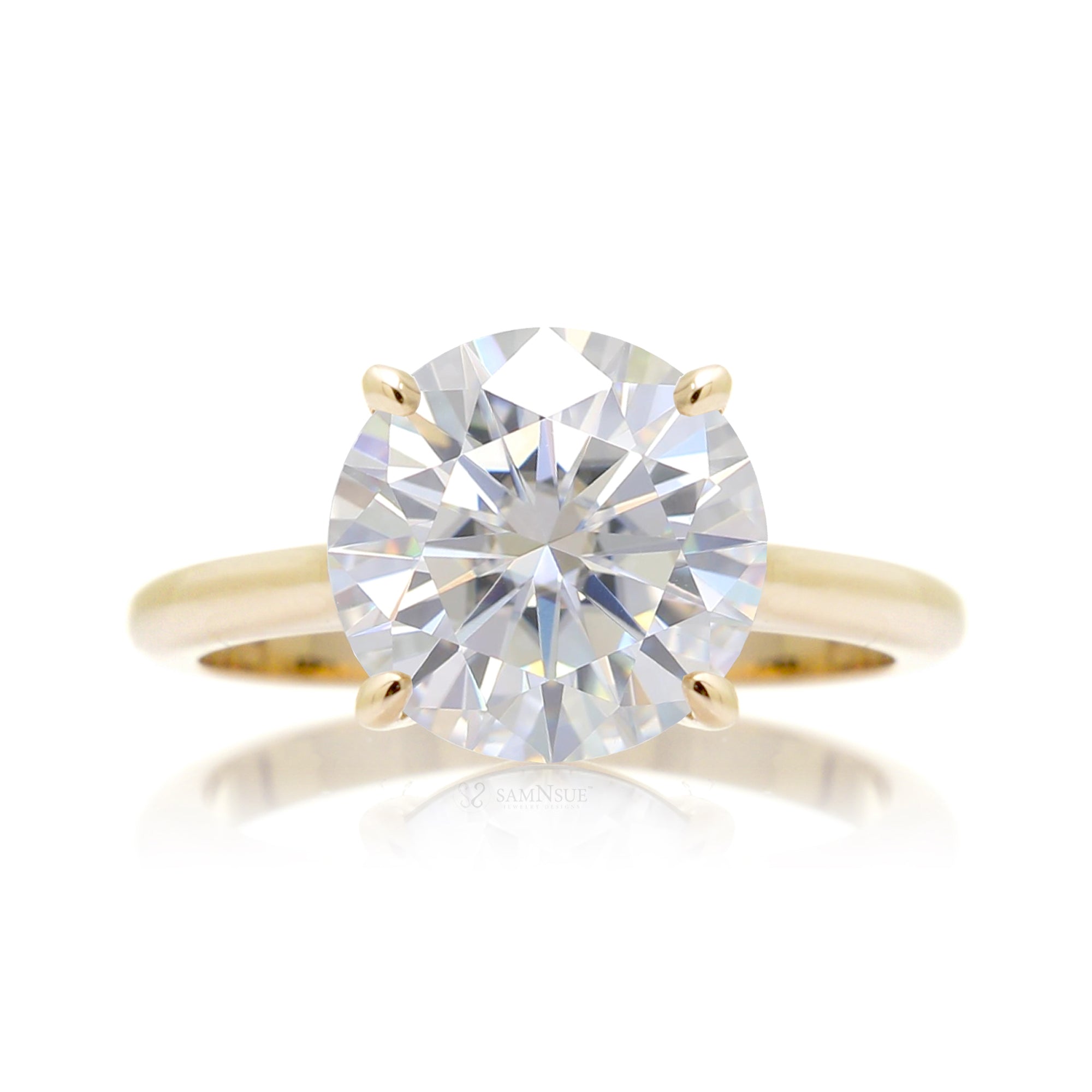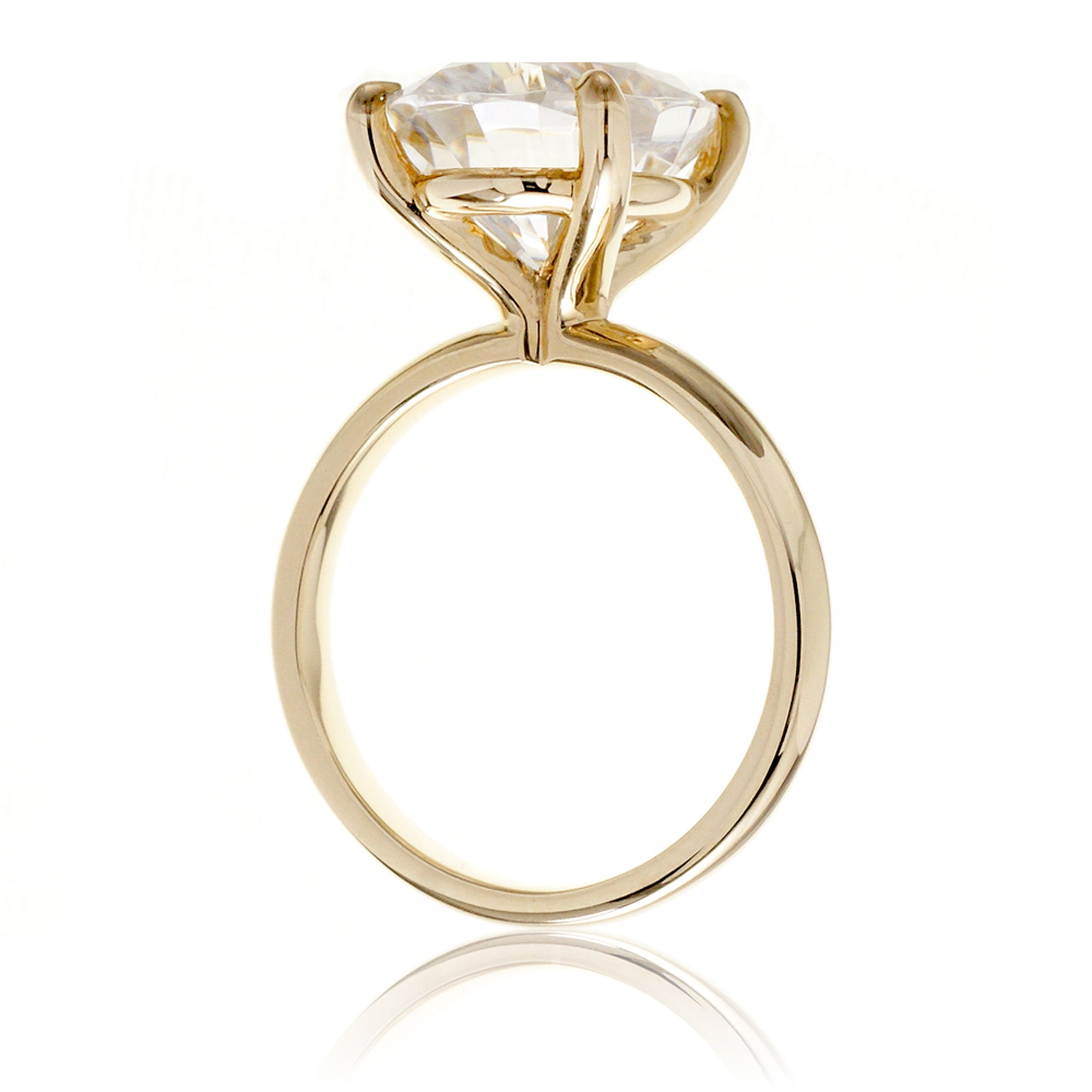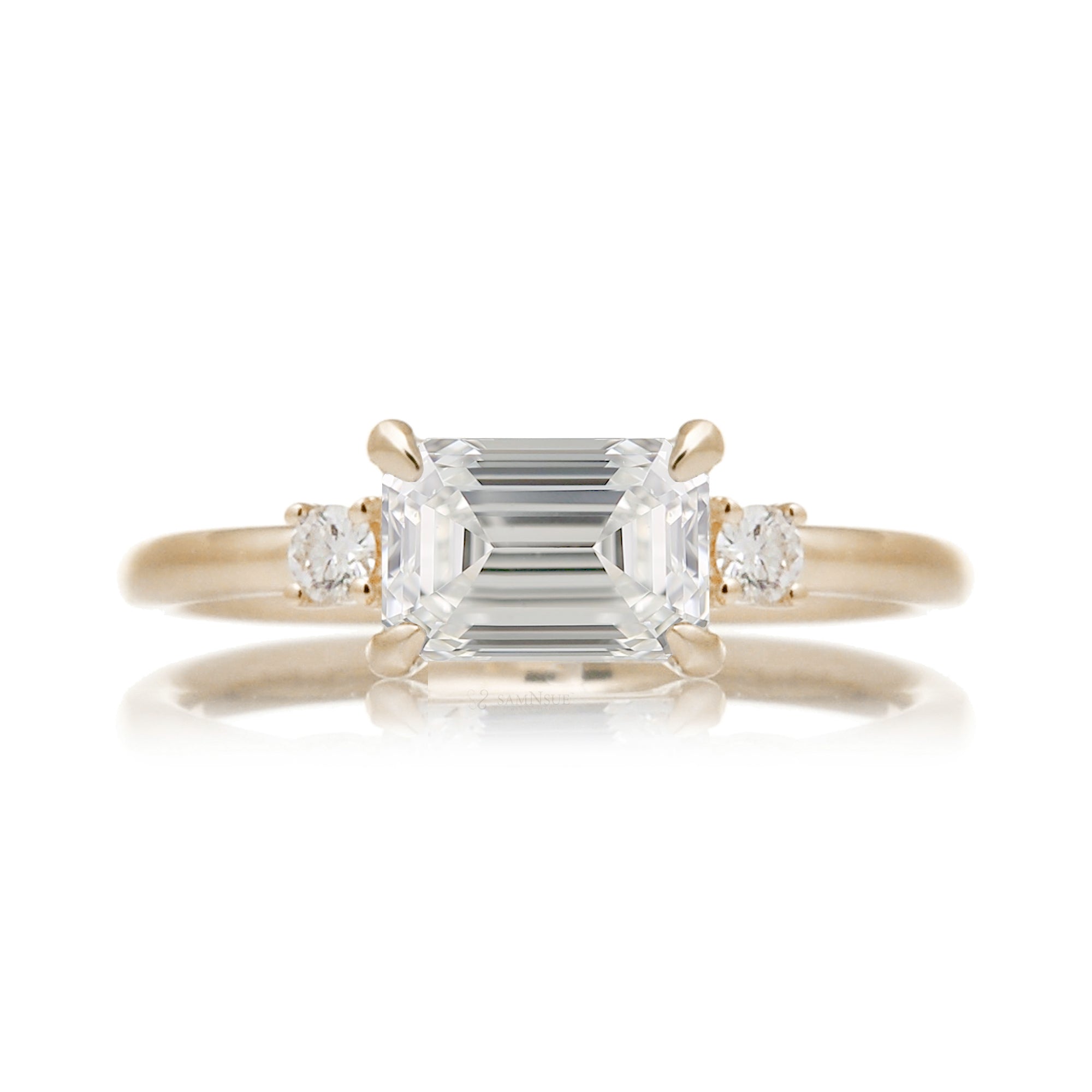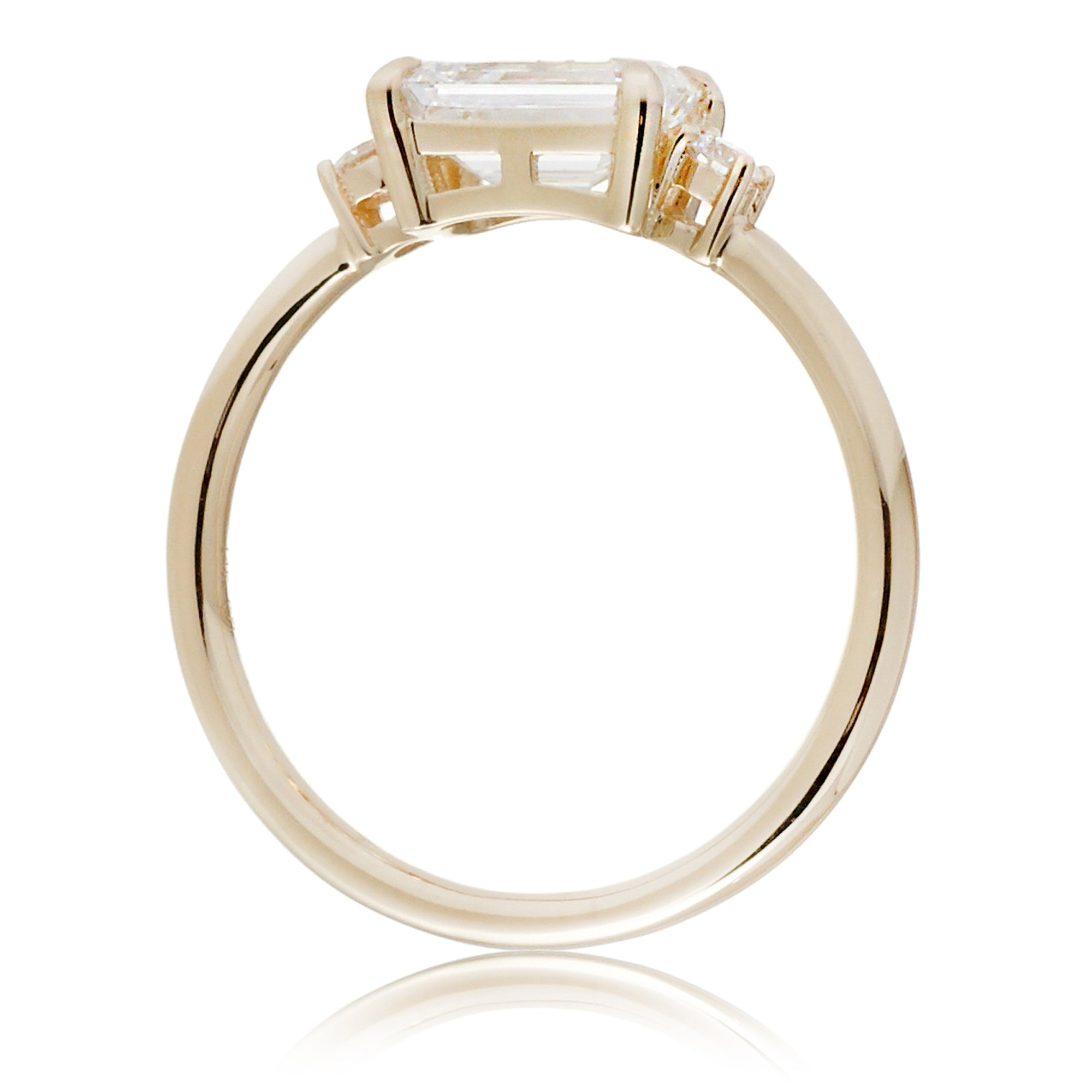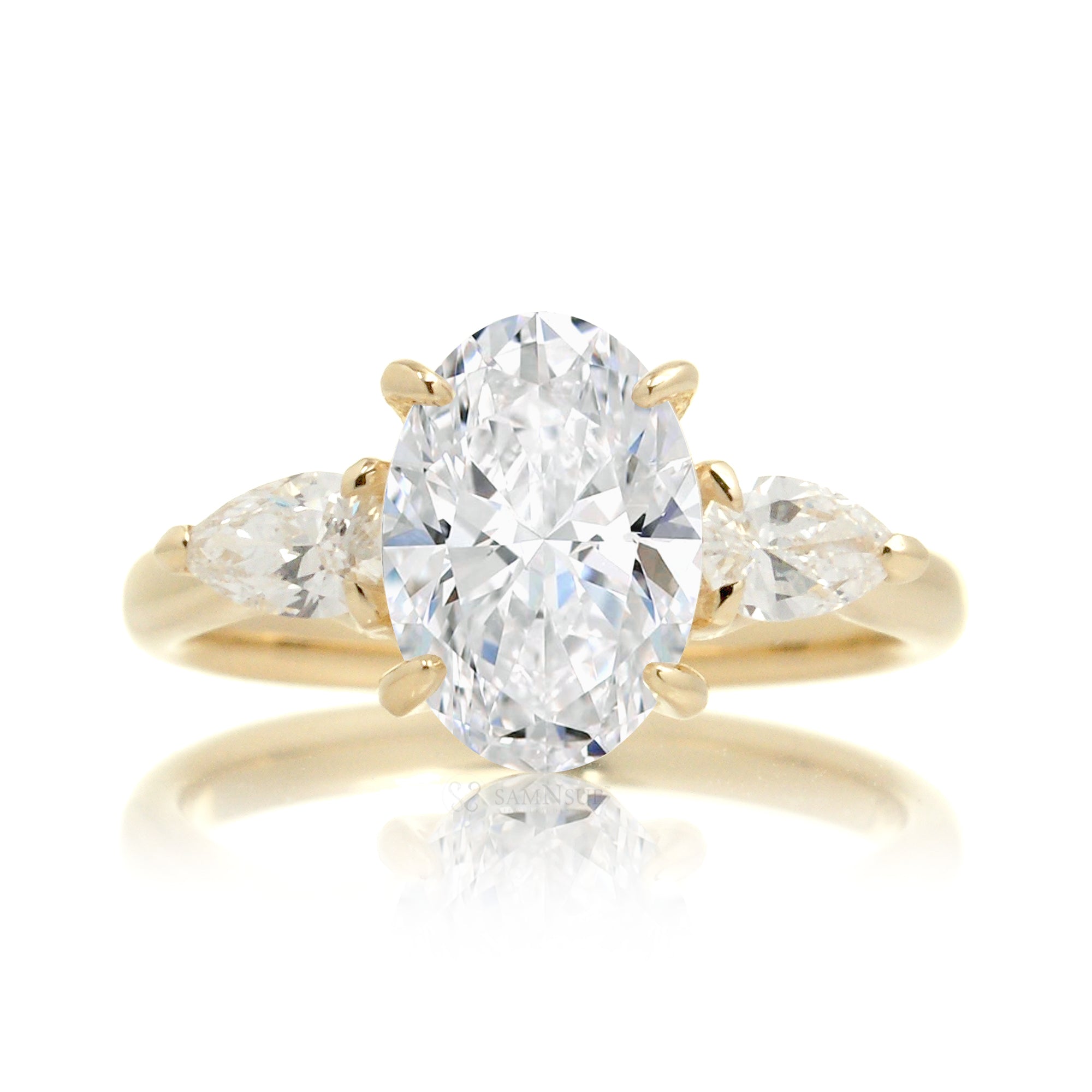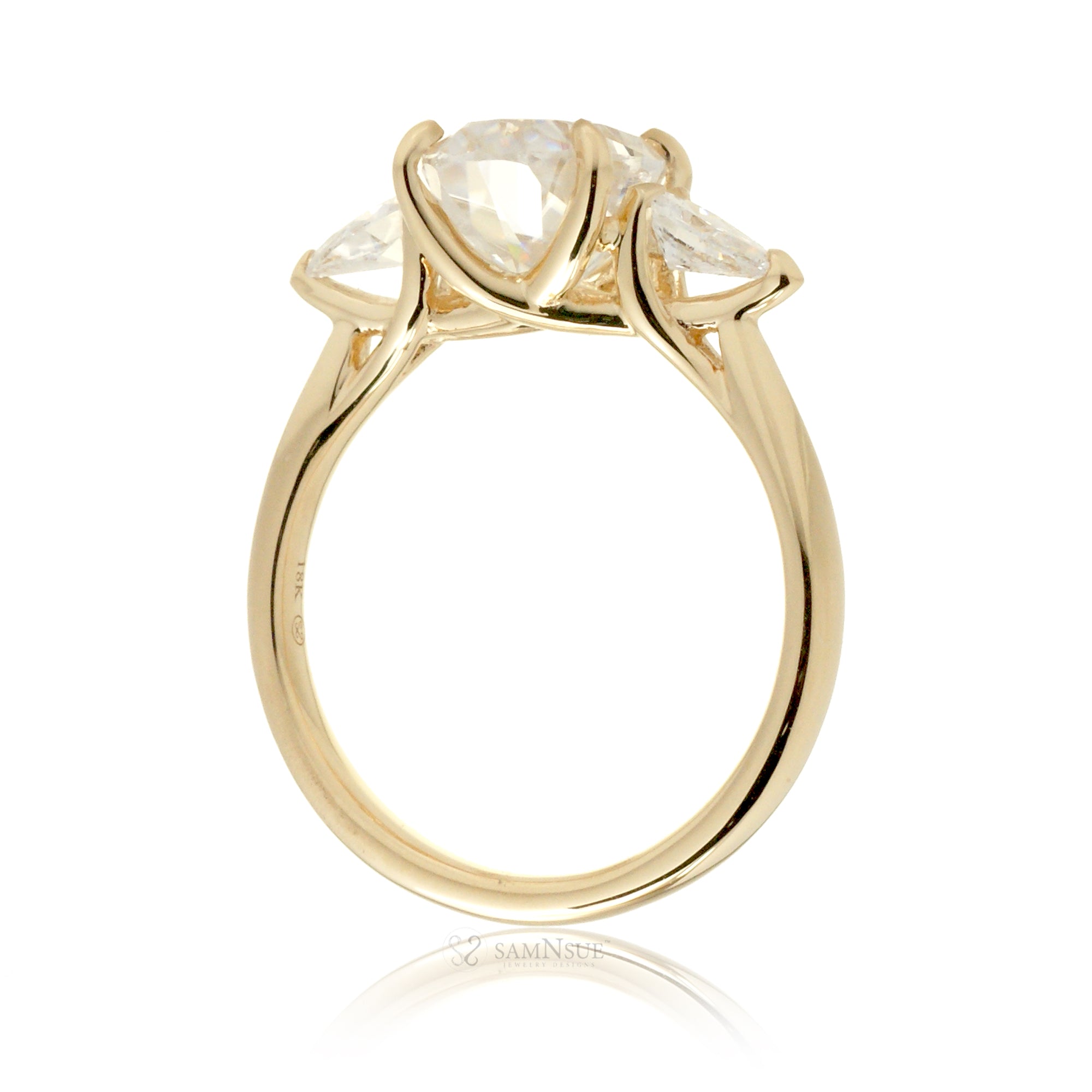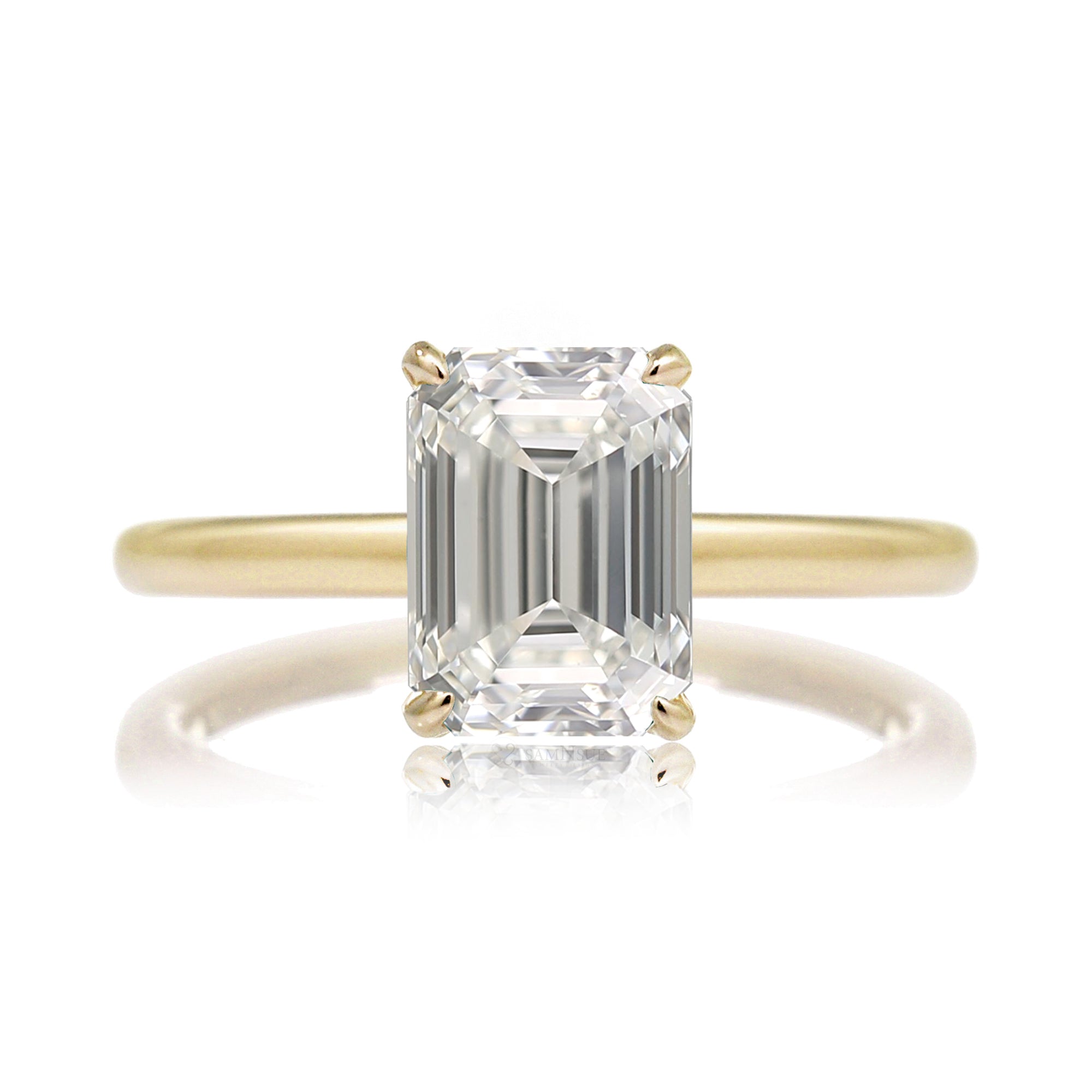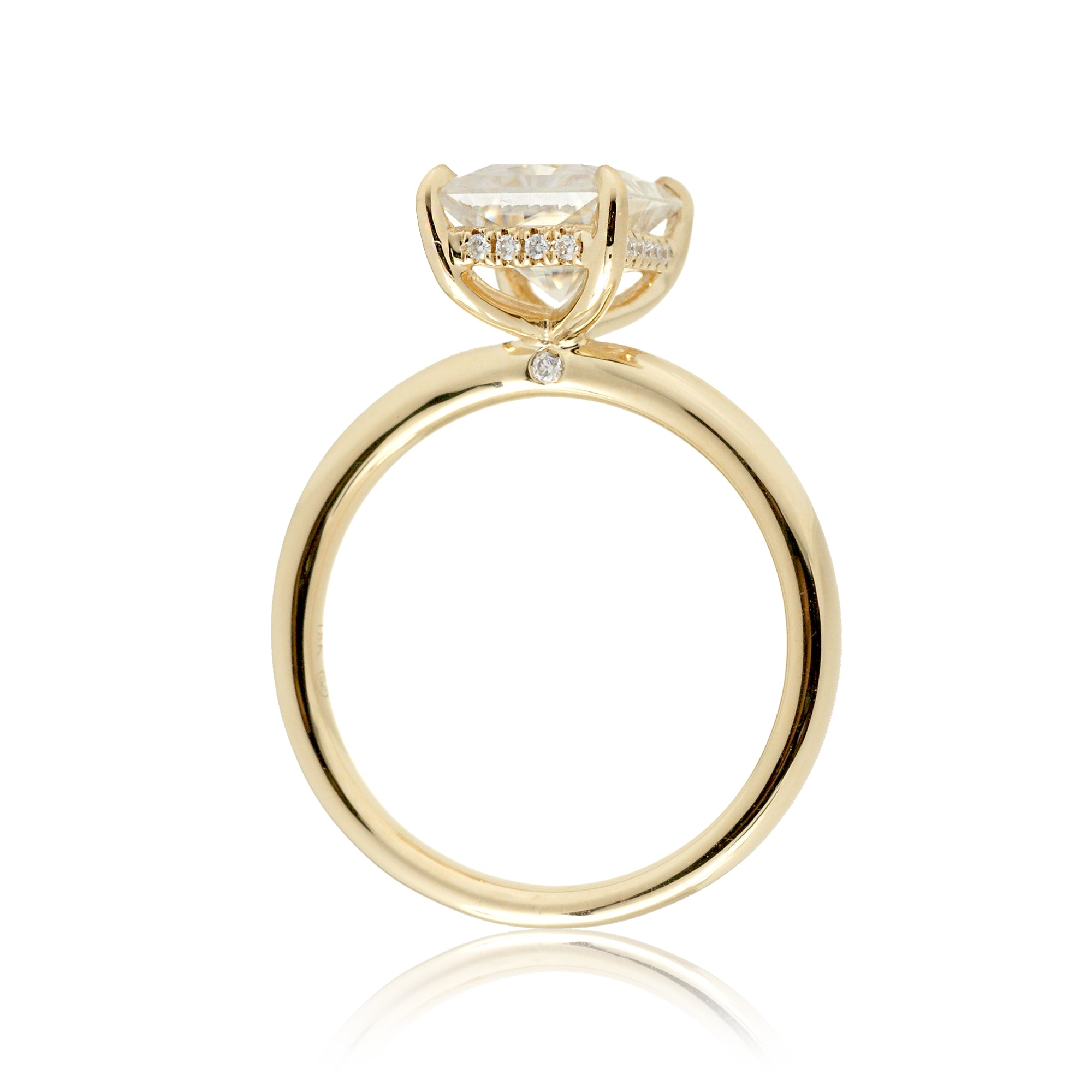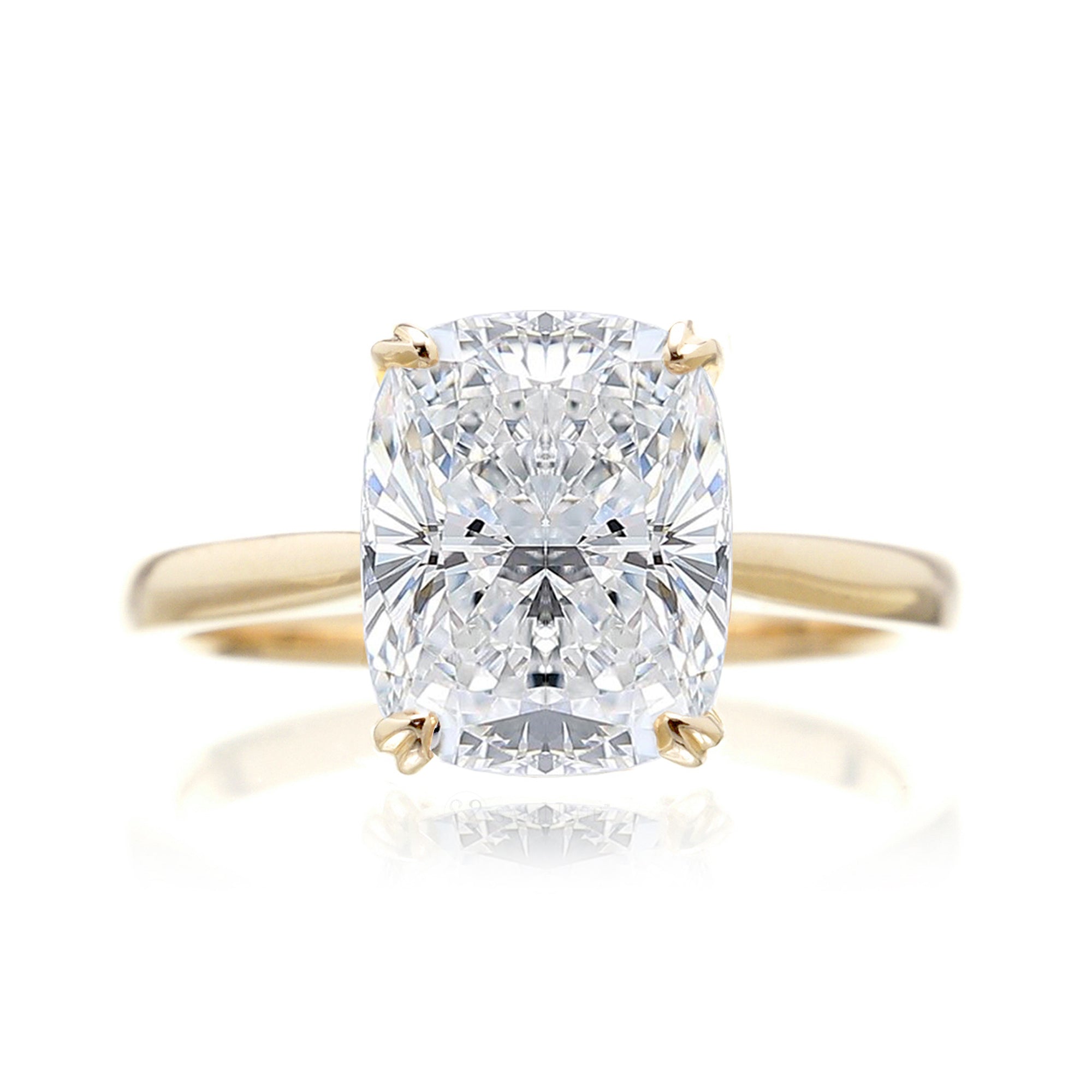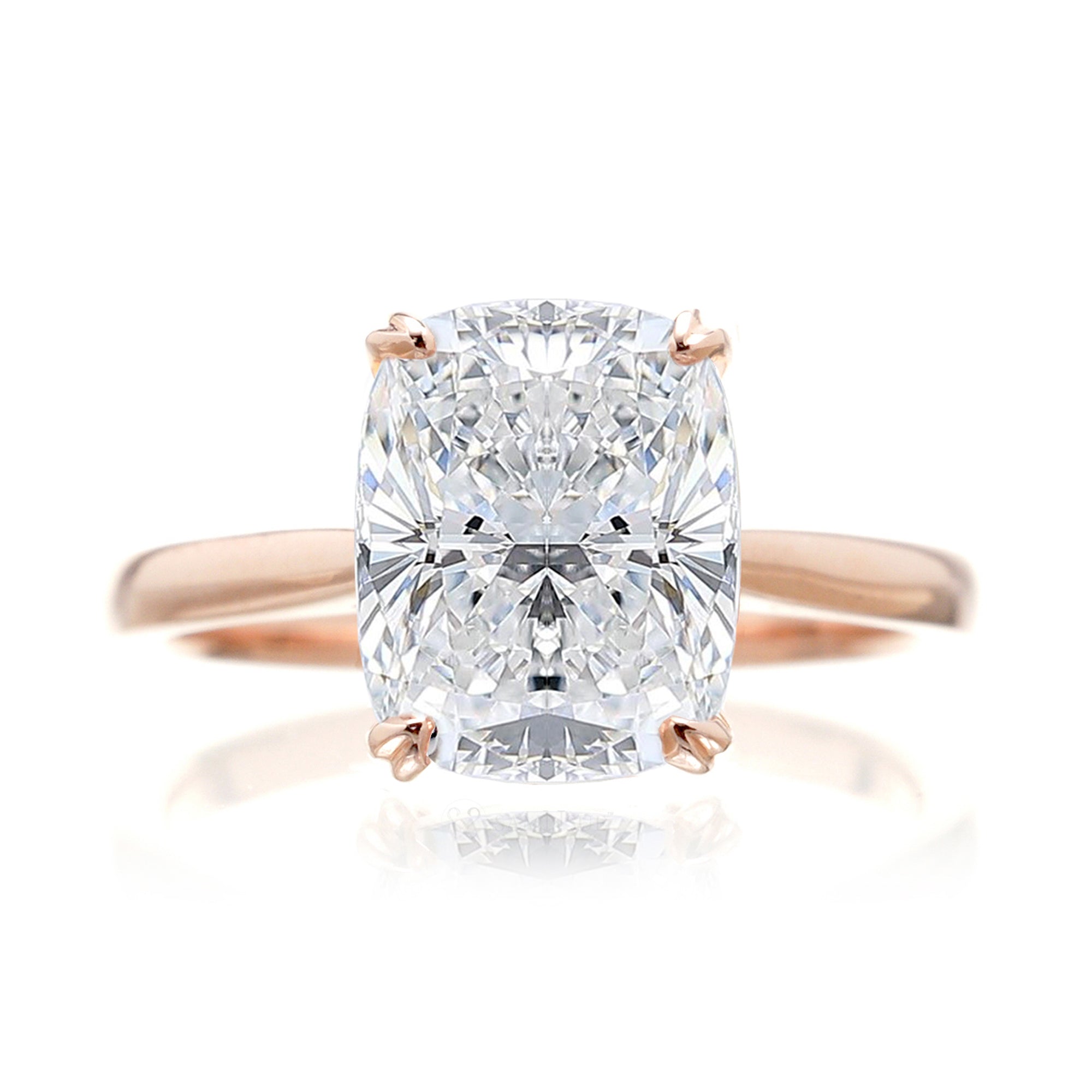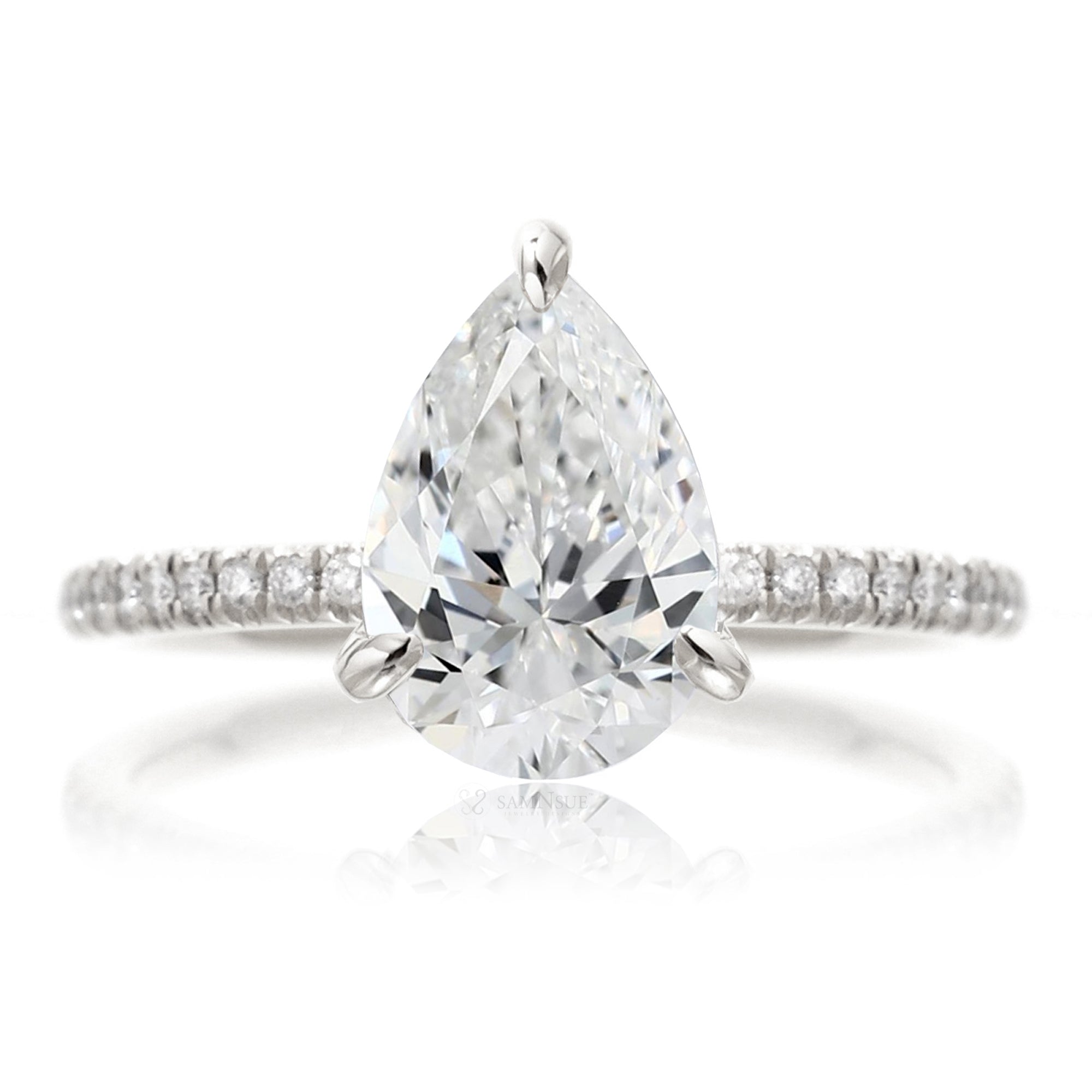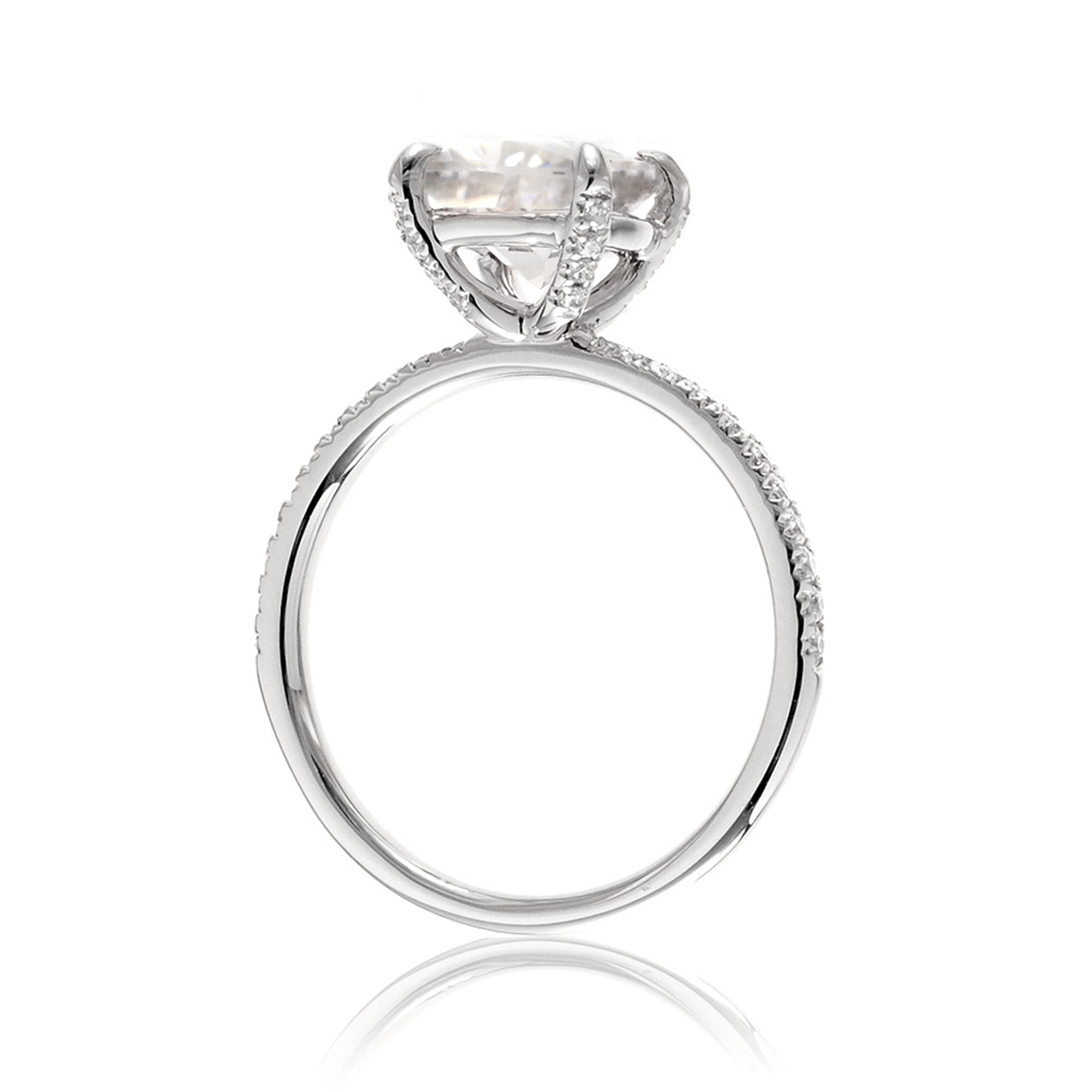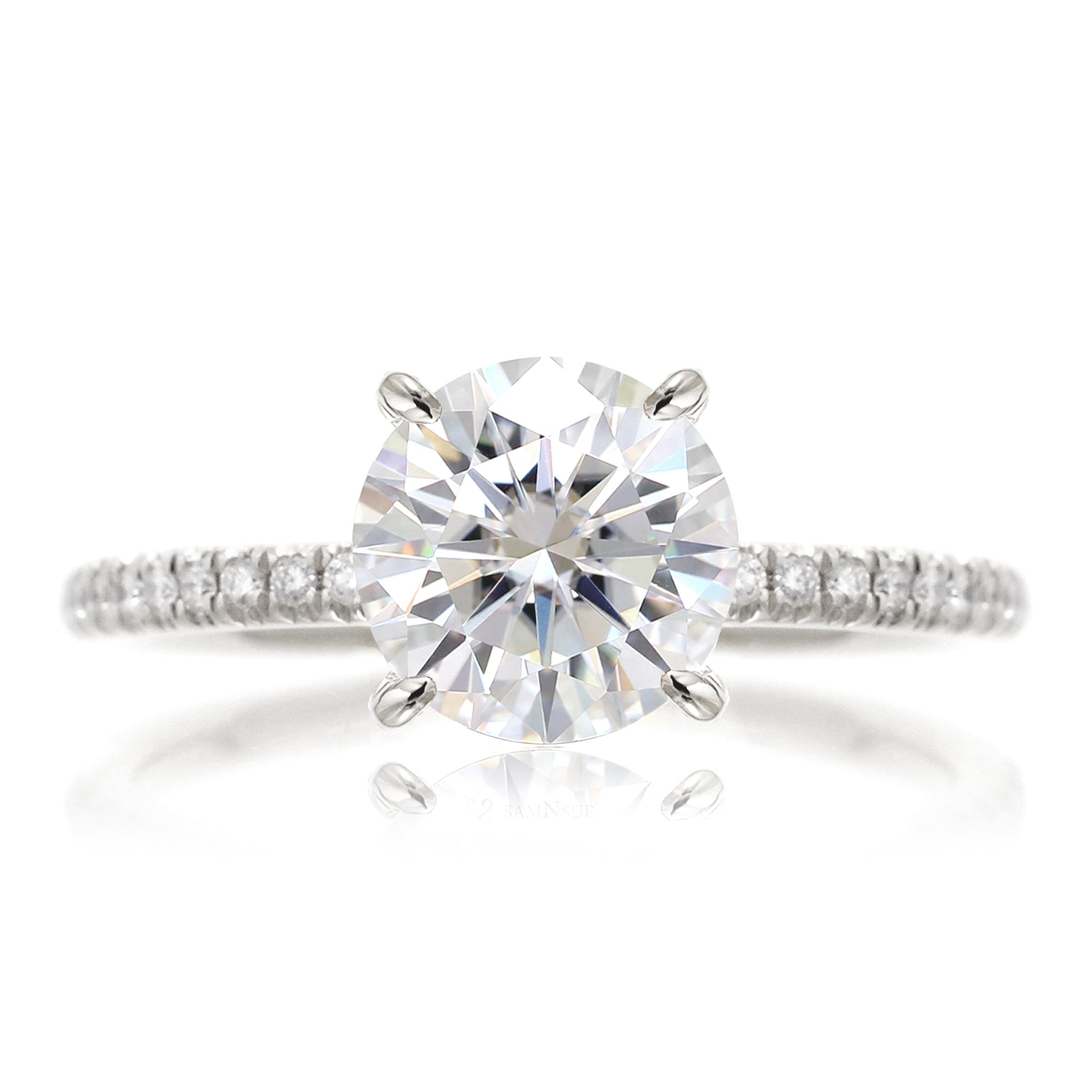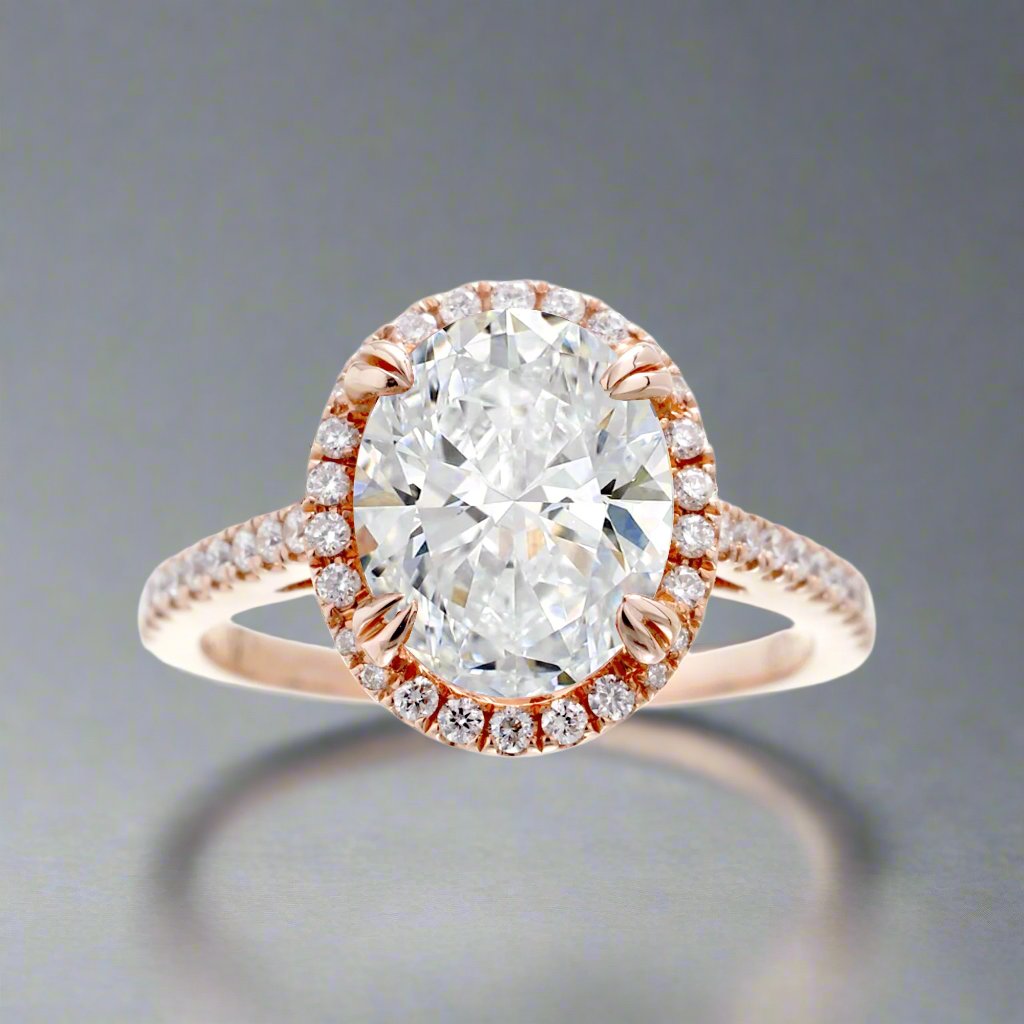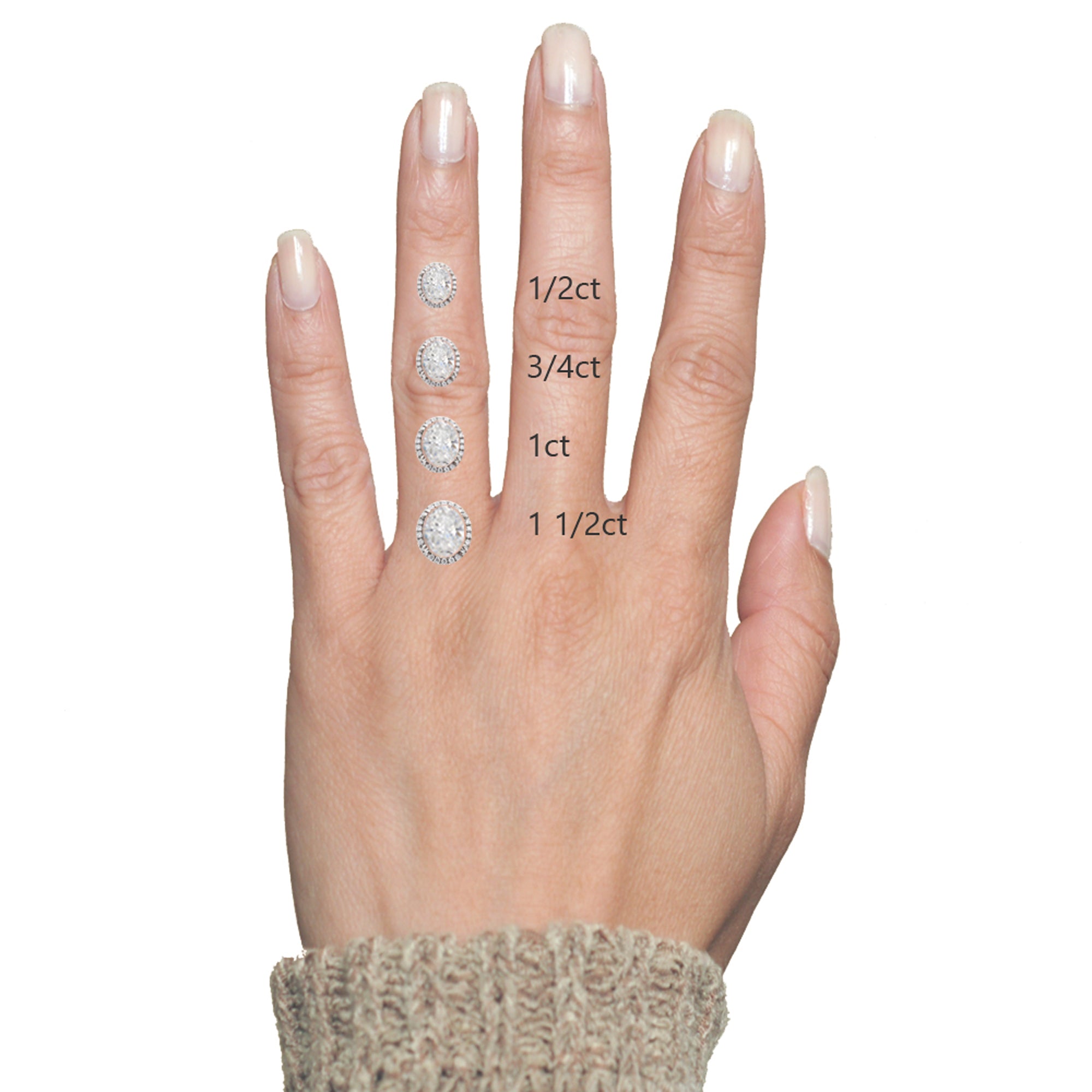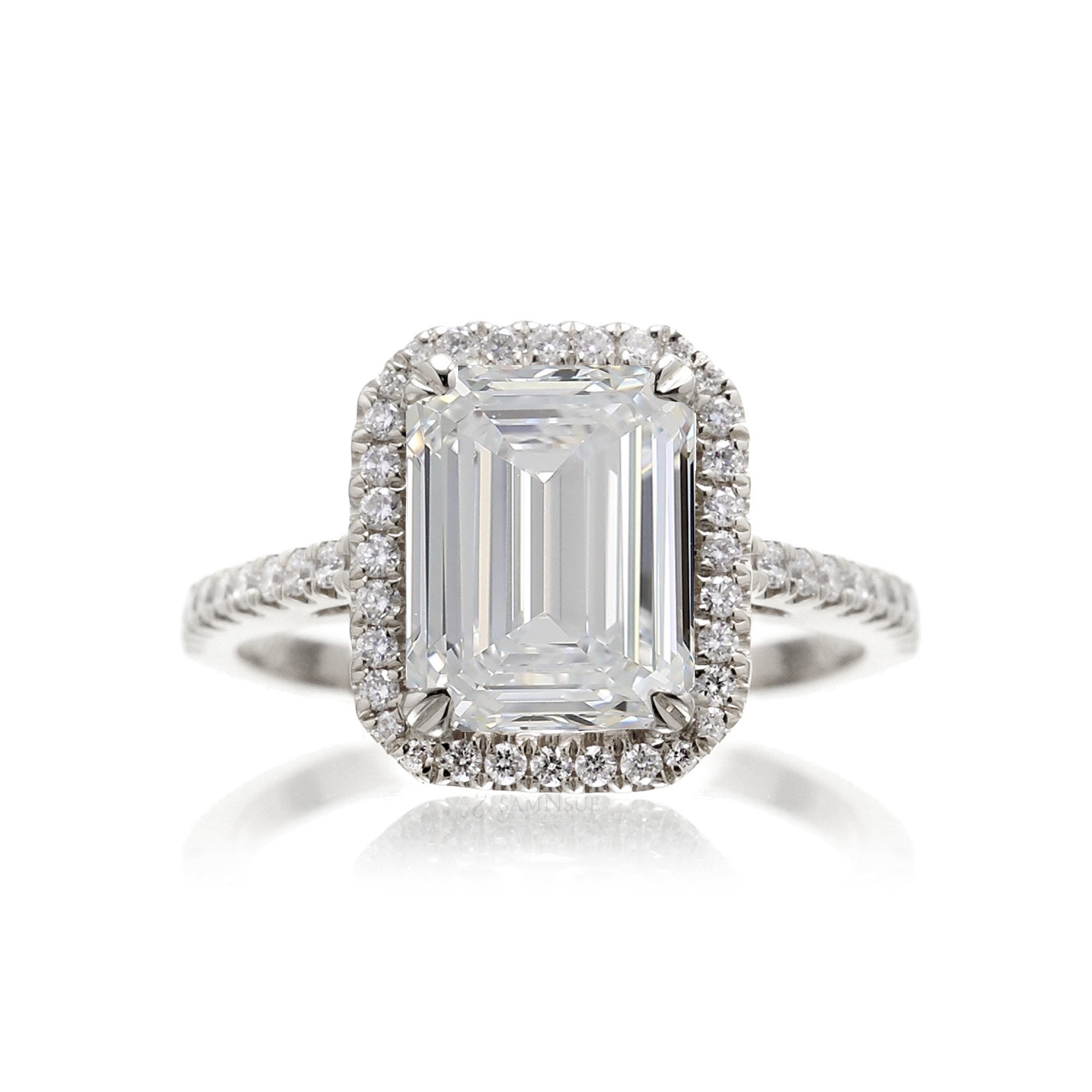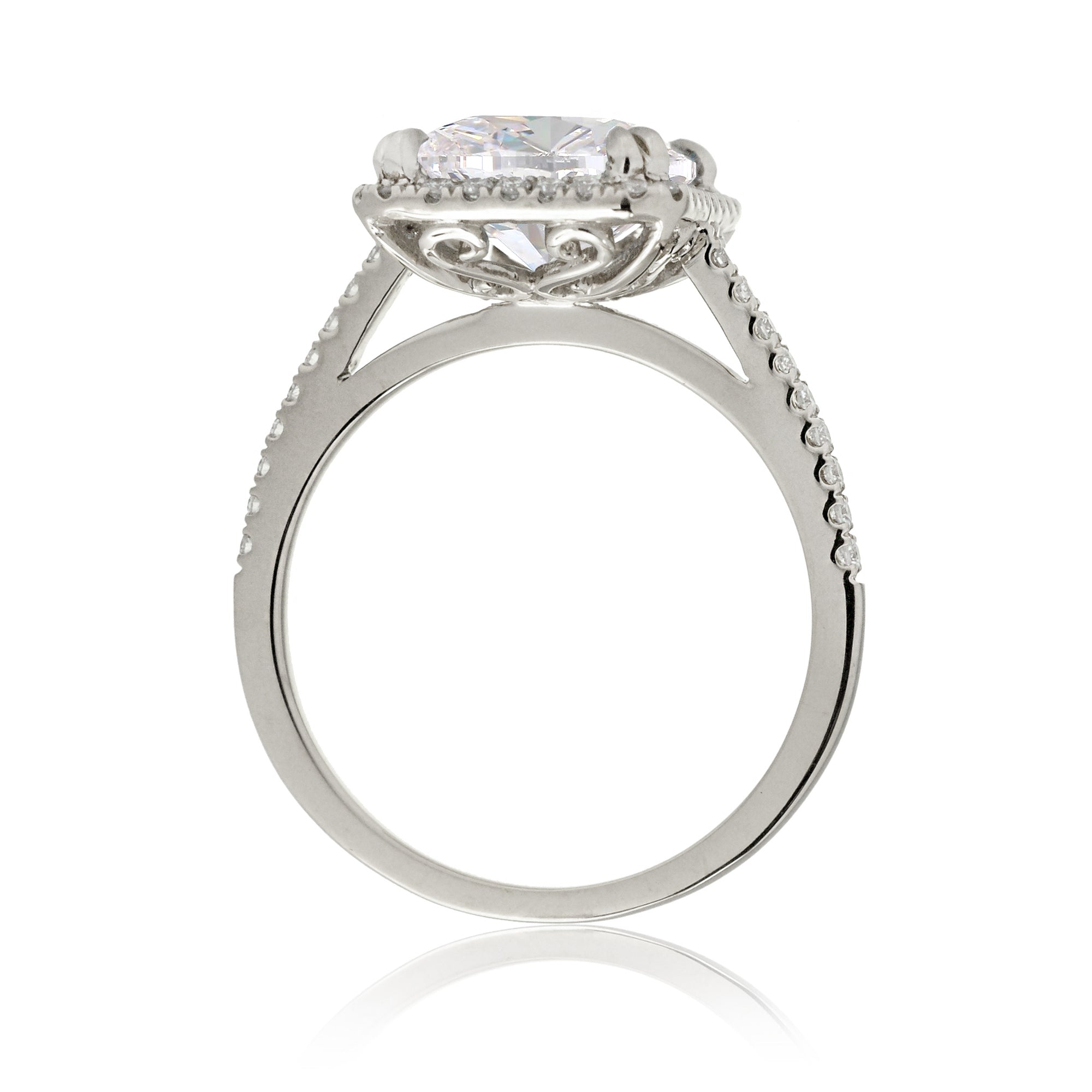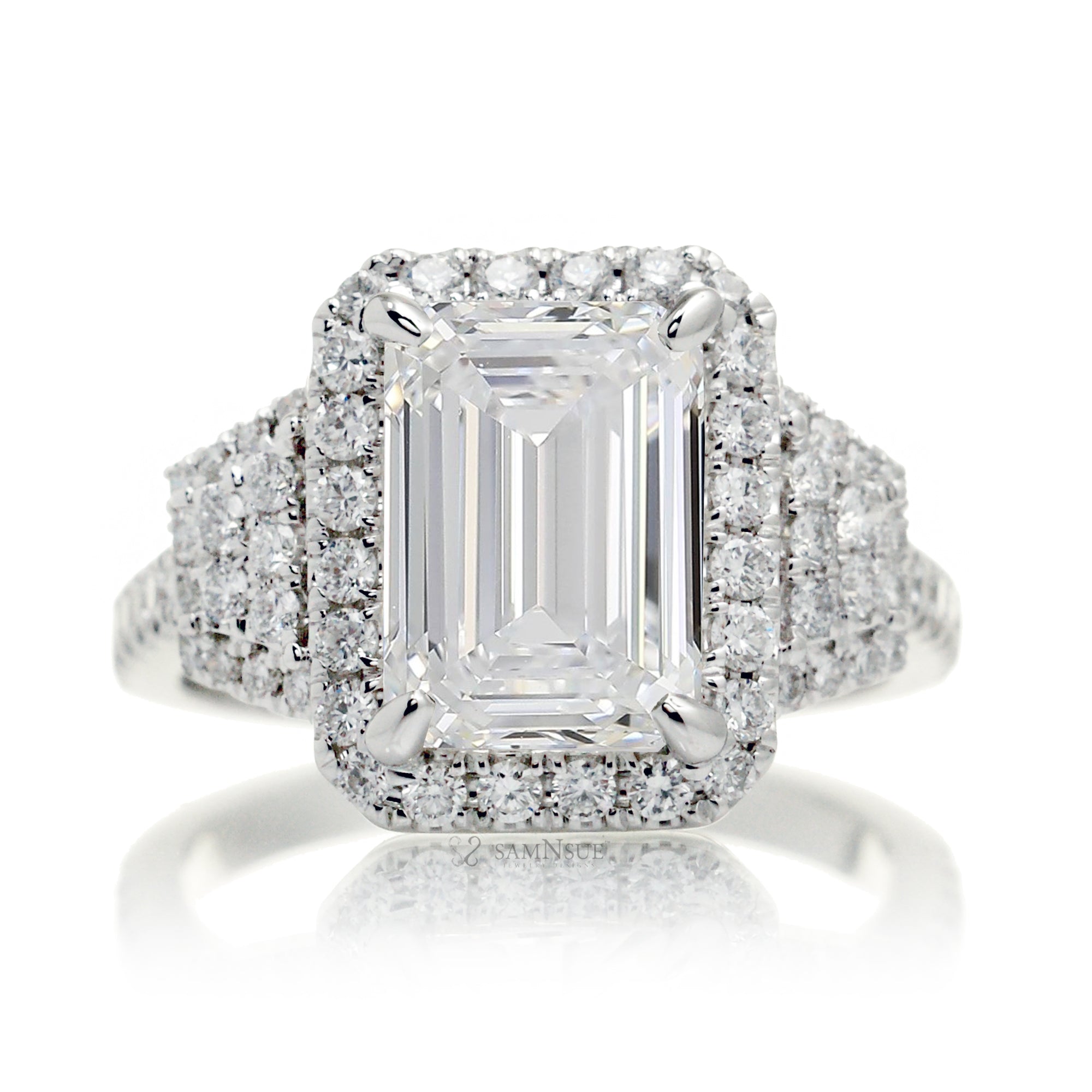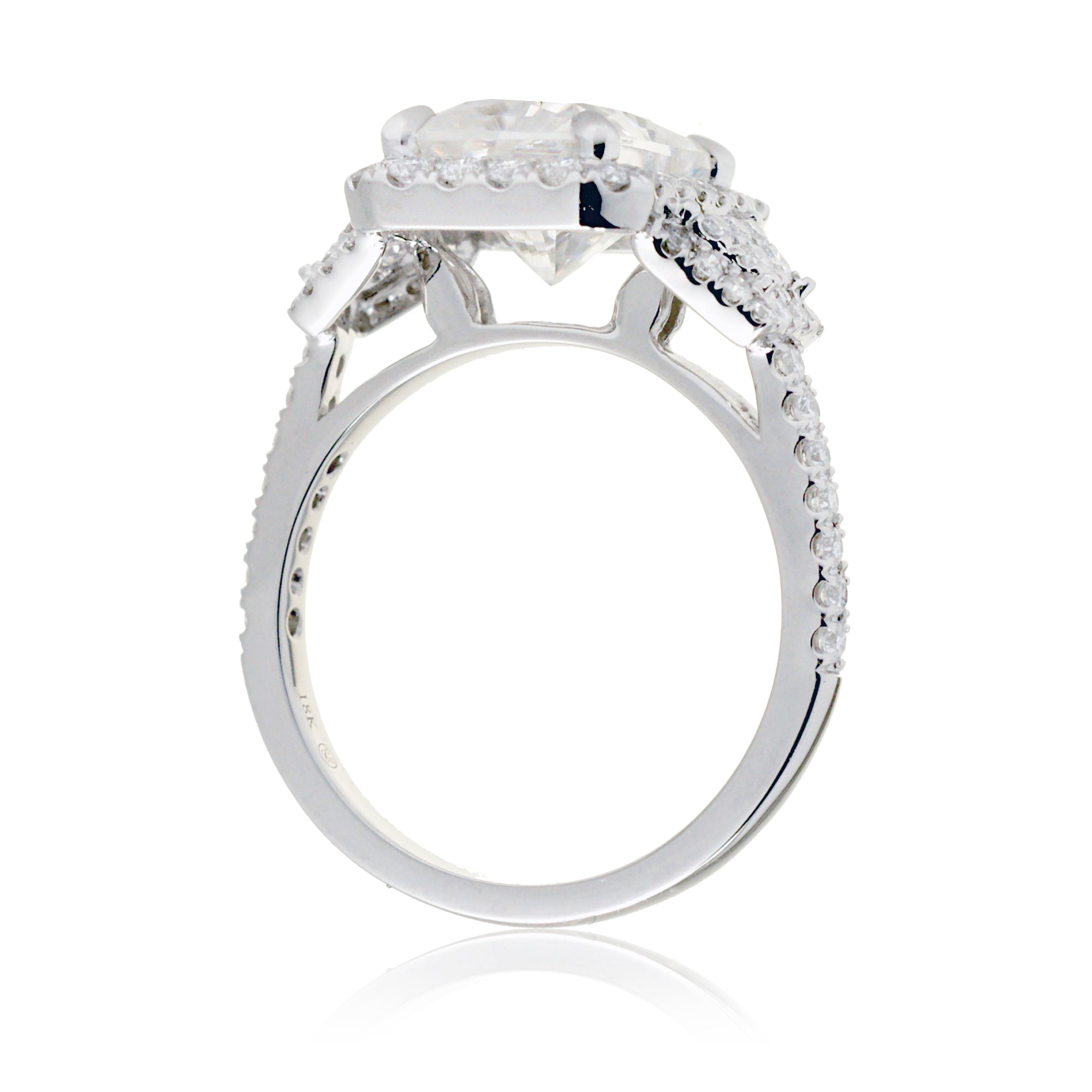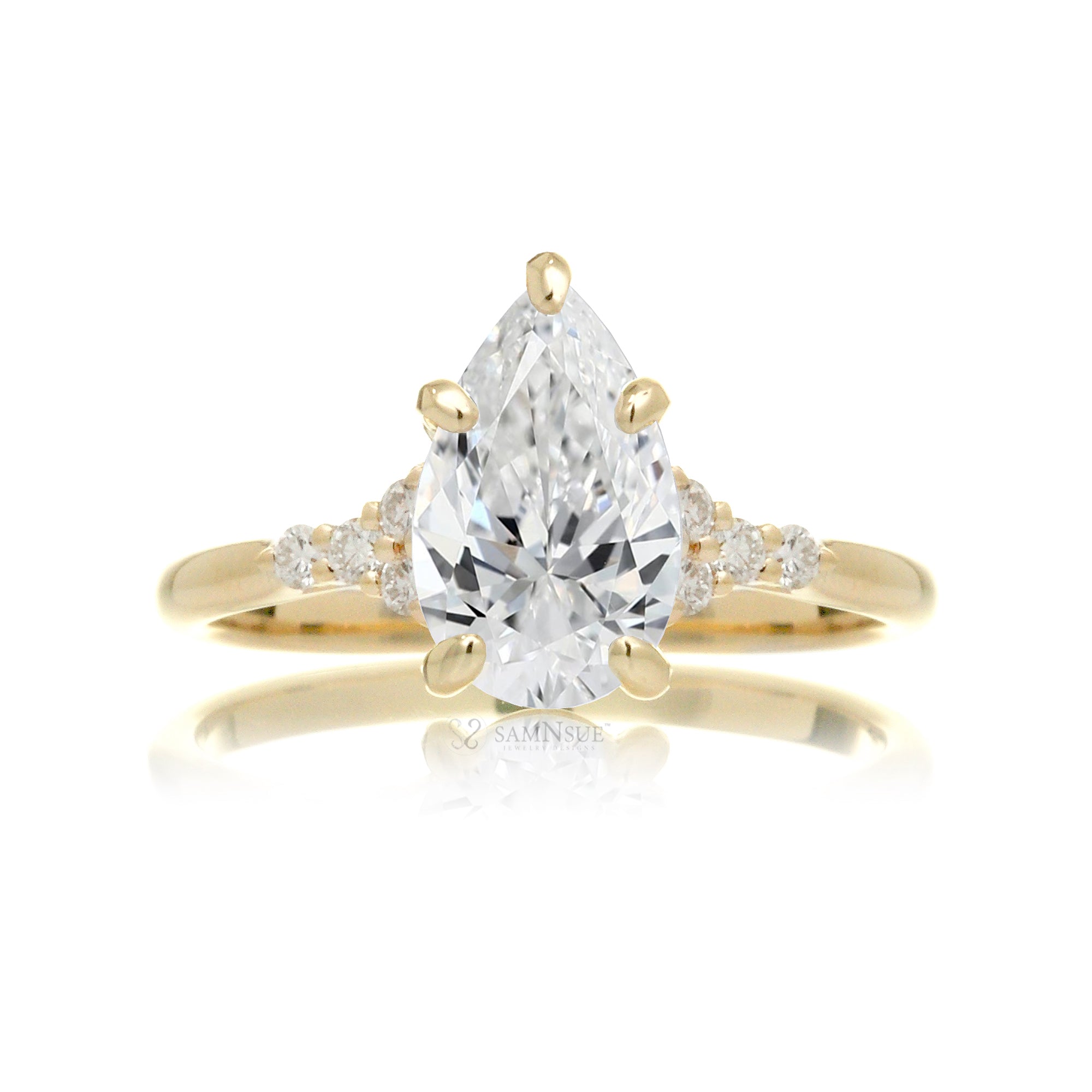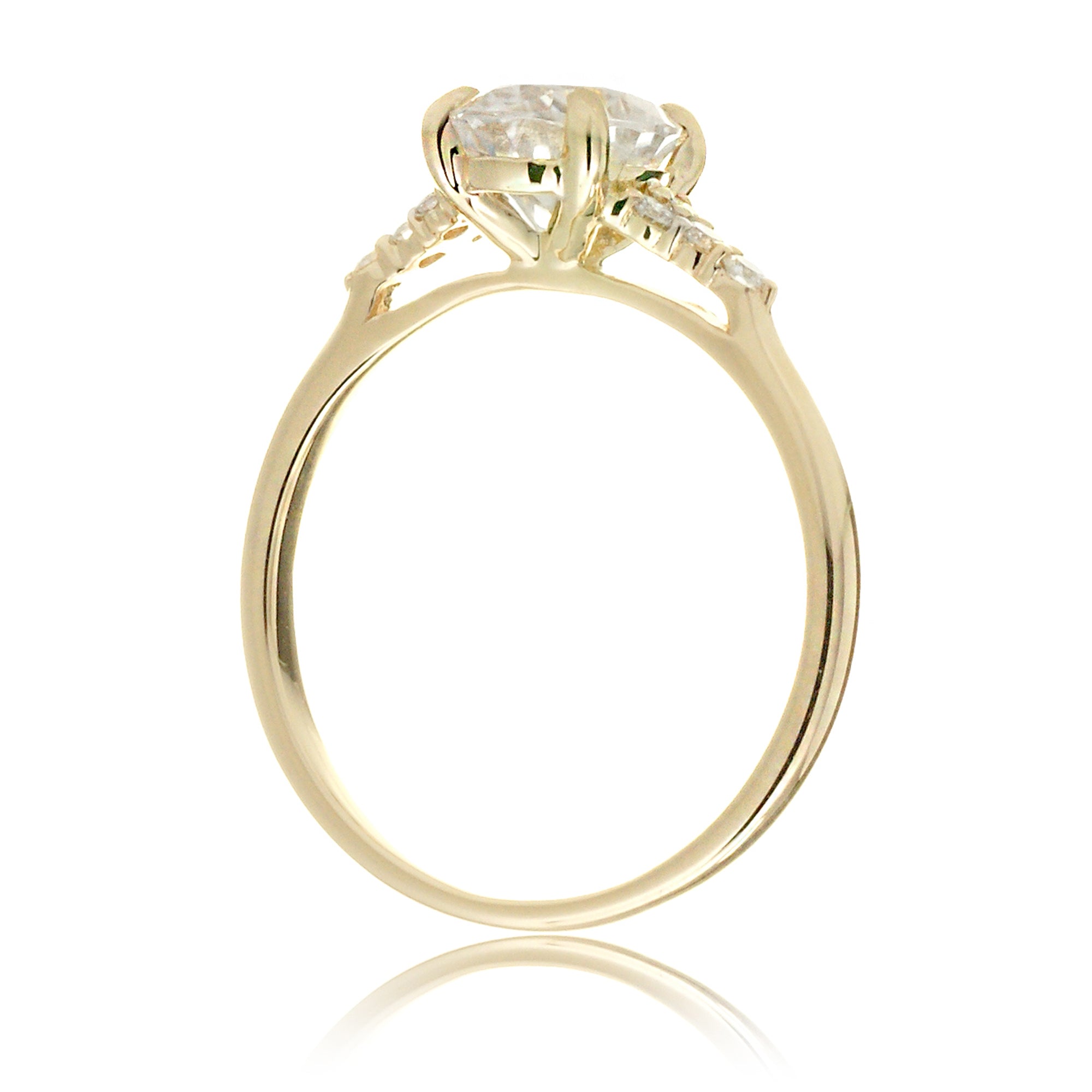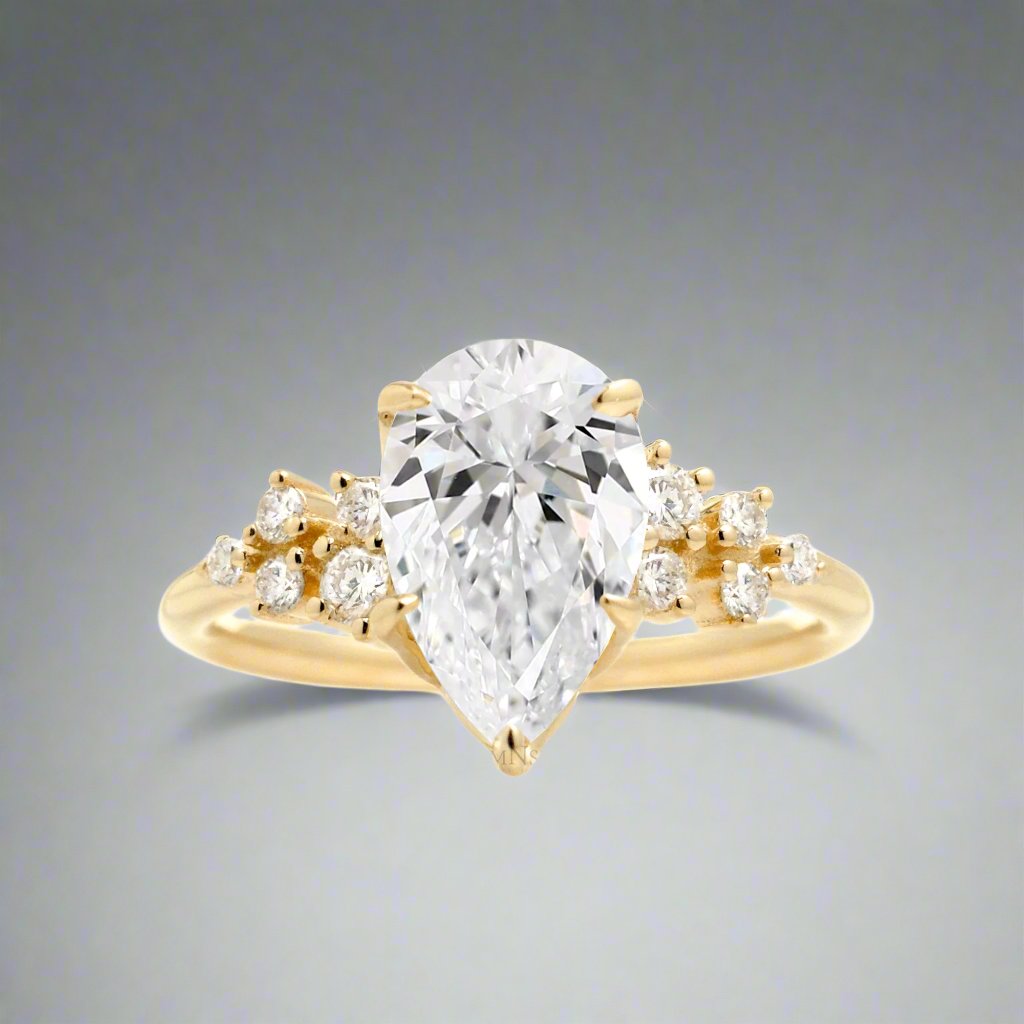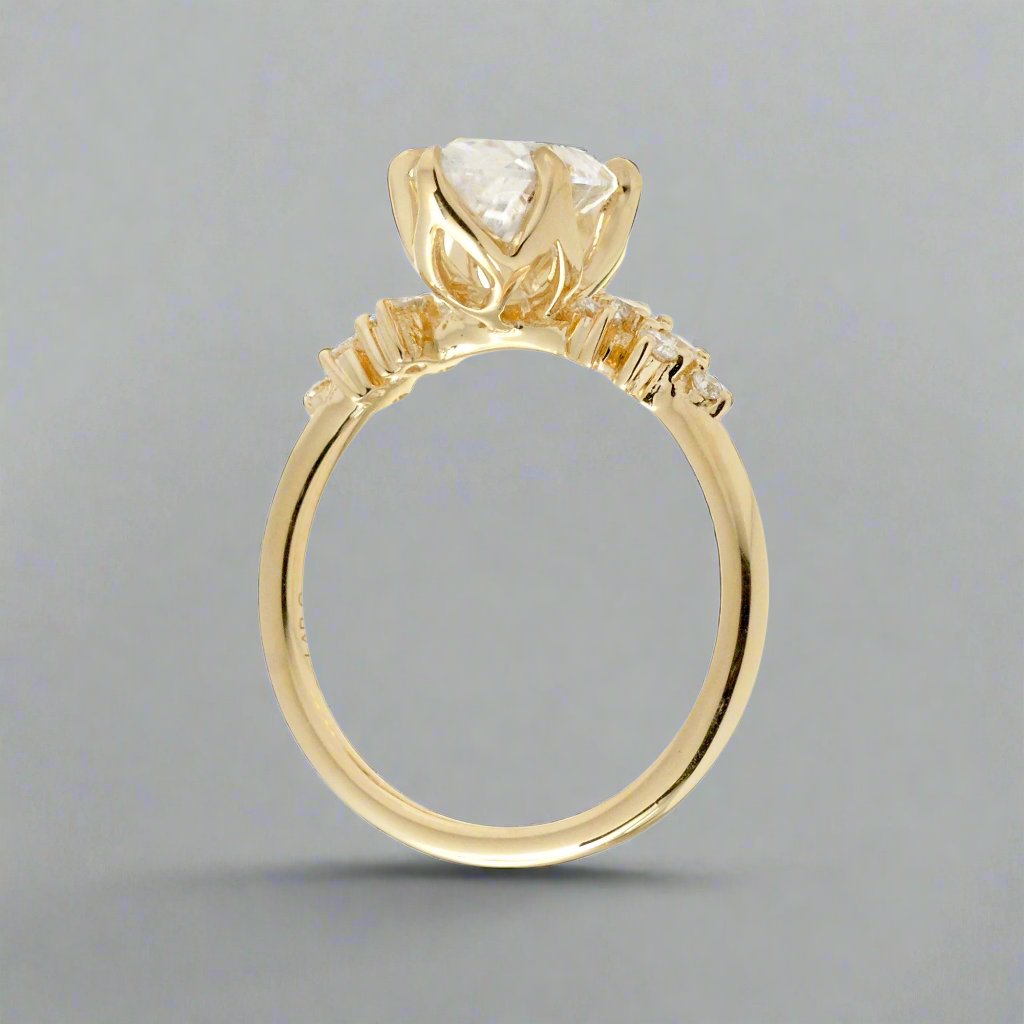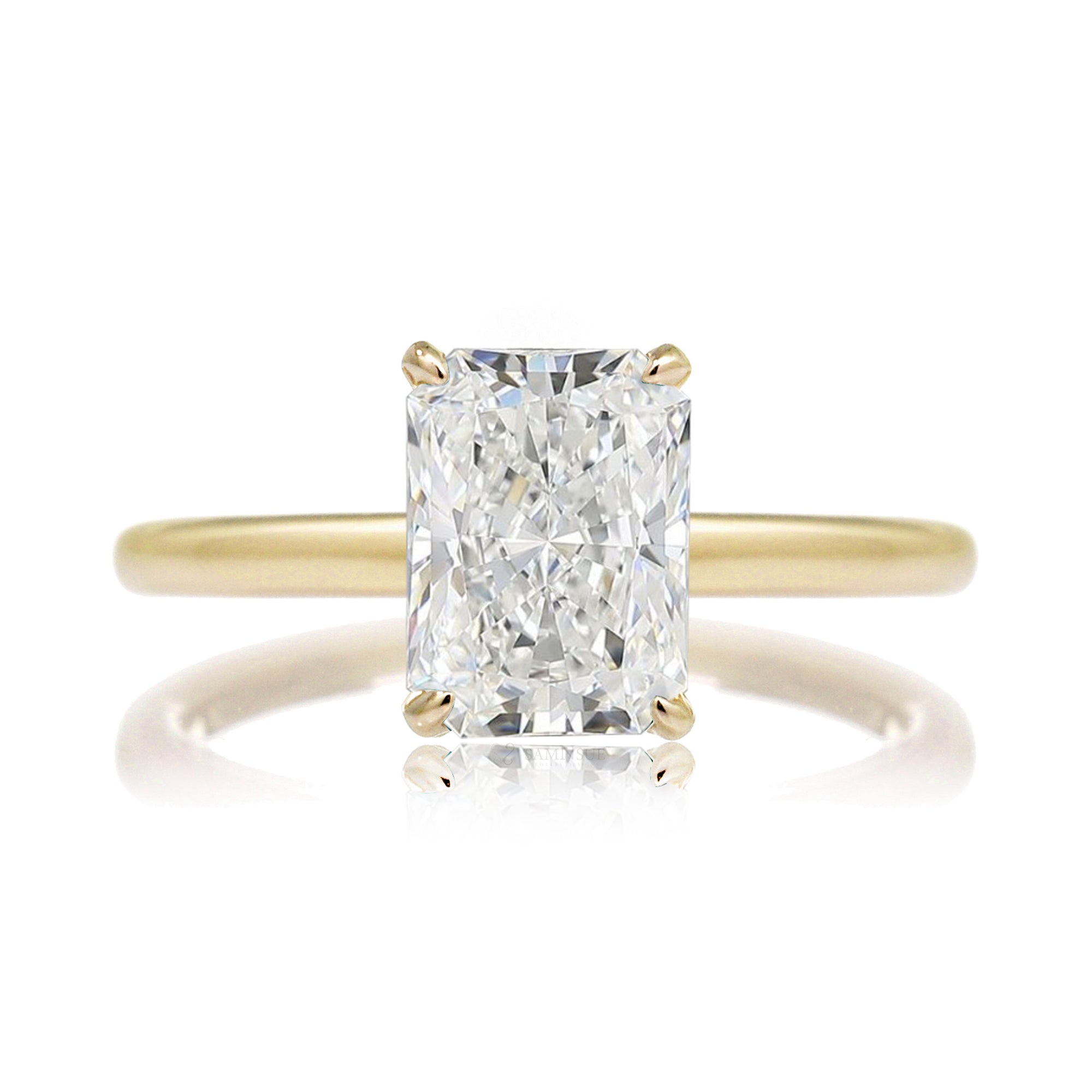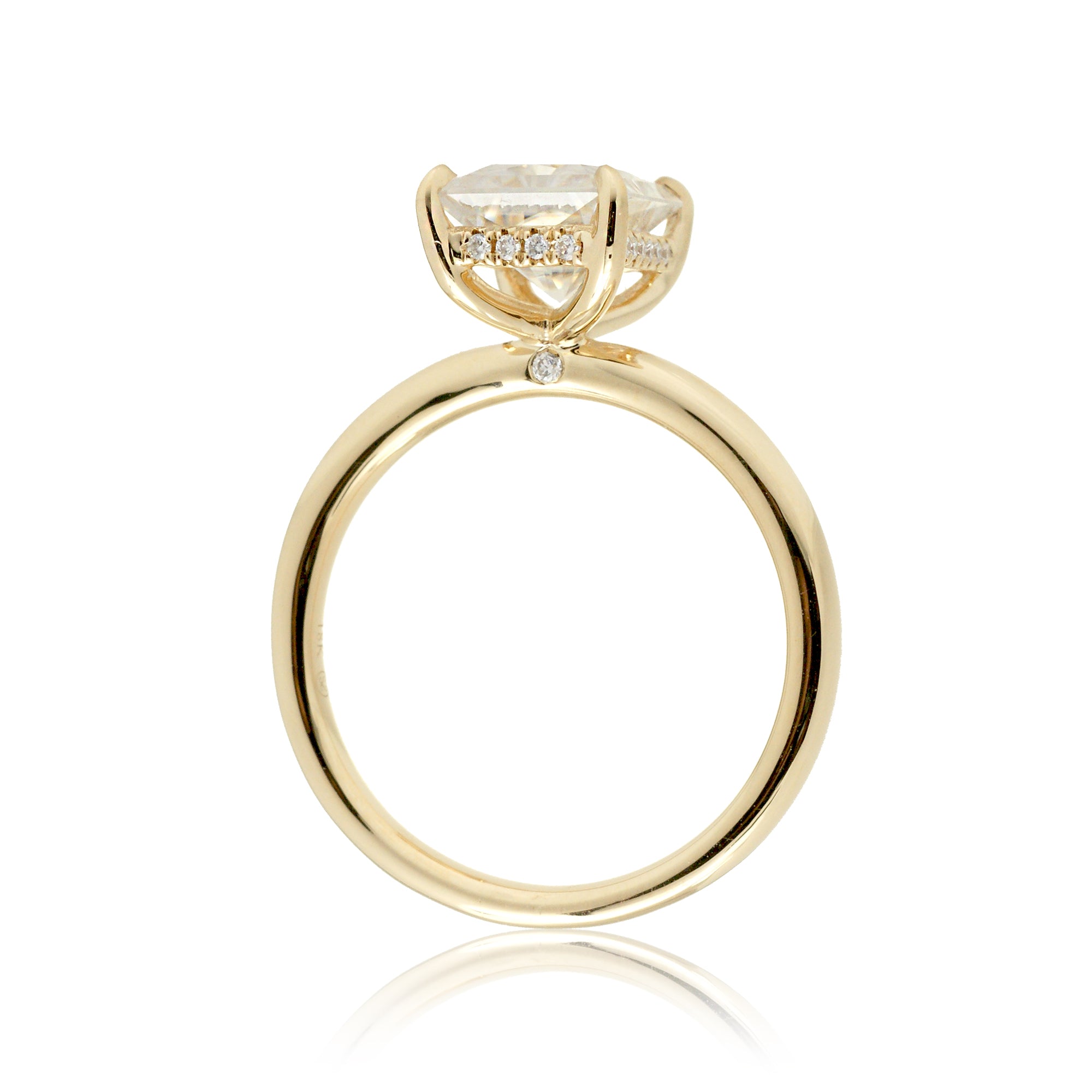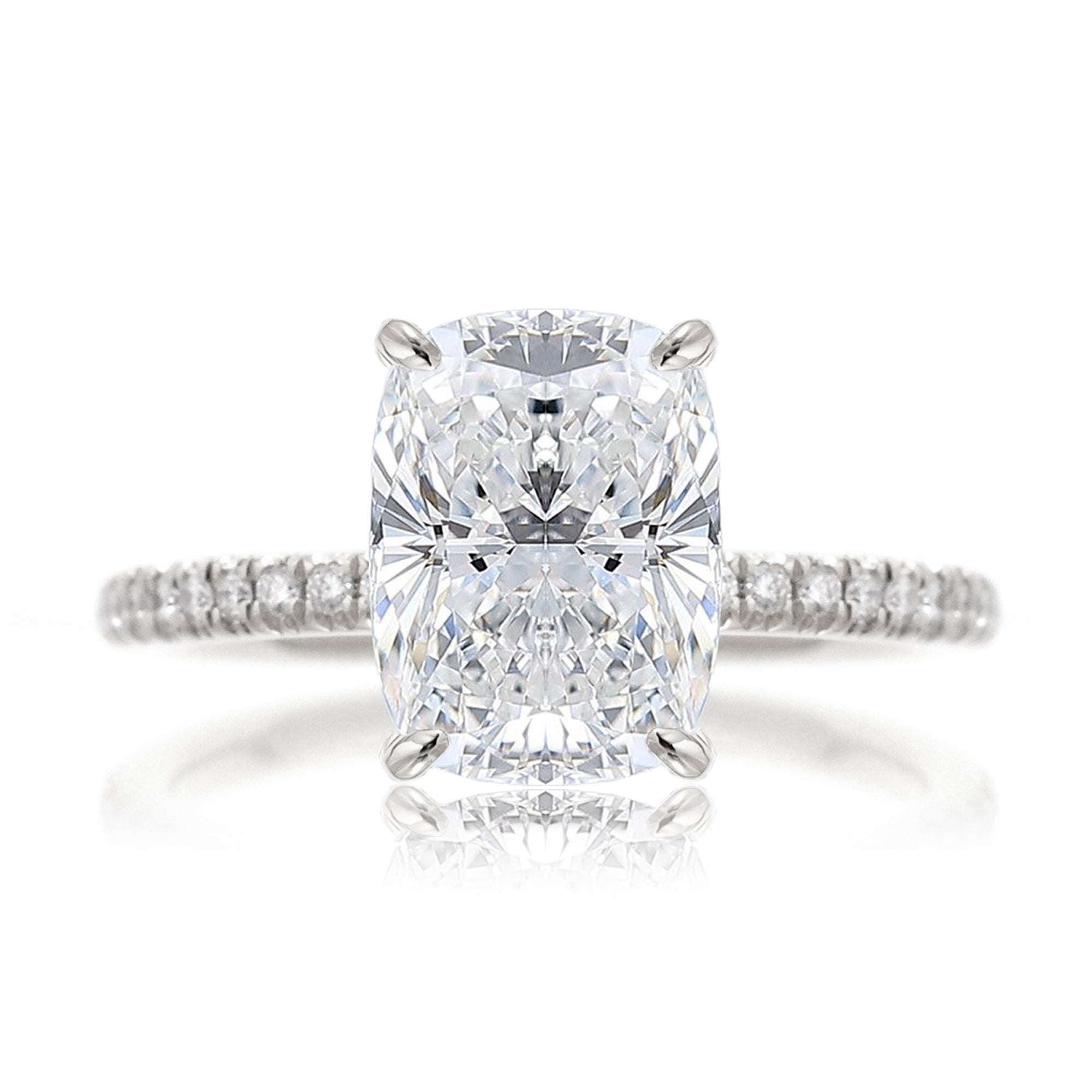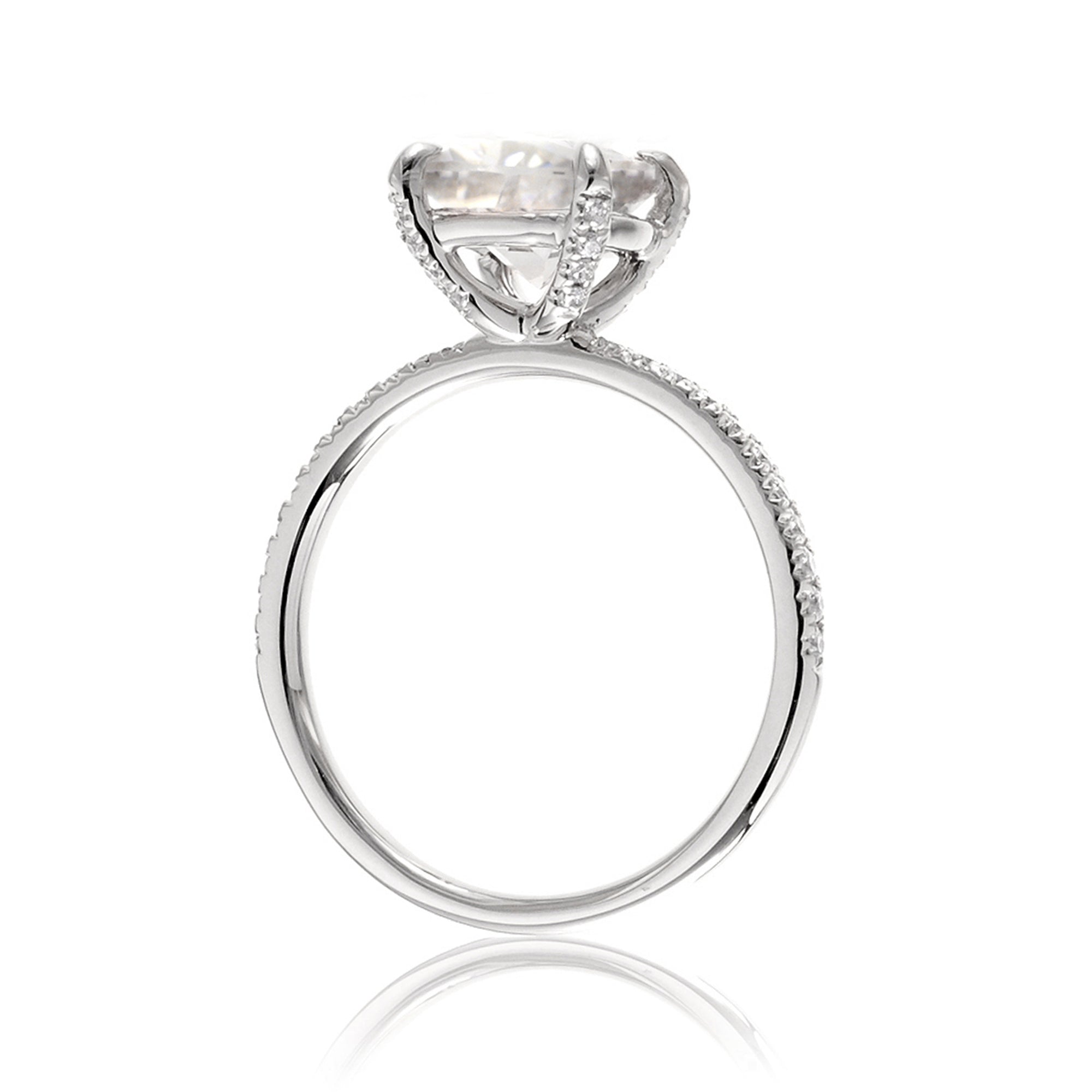The Best Shape For Lab Diamond
Diamonds come in many different shapes and sizes, and the choice of shape can have a big impact on the look and feel of a piece of jewelry. Here are some of the most common diamond shapes, along with their specifications and charm:
- Round: The most popular diamond shape, with a classic, timeless charm. Round diamonds have 58 facets and are known for their brilliant sparkle.
- Princess: A square or rectangular diamond shape with pointed corners. Princess-cut diamonds have 76 facets and offer a modern, geometric look.
- Cushion: A square or rectangular shape with rounded corners, cushion-cut diamonds have 58 facets and offer a soft, romantic look.
- Emerald: A rectangular diamond shape with step-cut facets, emerald-cut diamonds have a large table (flat top) and offer a sleek, sophisticated look.
- Oval: A classic shape that elongates the finger, oval-cut diamonds have 56 to 58 facets and offer a graceful, elegant look.
- Pear: A teardrop-shaped diamond with 56 to 58 facets, pear-shaped diamonds offer a unique and dramatic look.
- Marquise: An elongated diamond with pointed ends, marquise-cut diamonds have 56 facets and offer a bold, striking look.
- Heart: A romantic diamond shape with a distinctive cleft at the top, heart-shaped diamonds have 56 to 58 facets and offer a sweet, sentimental look.
